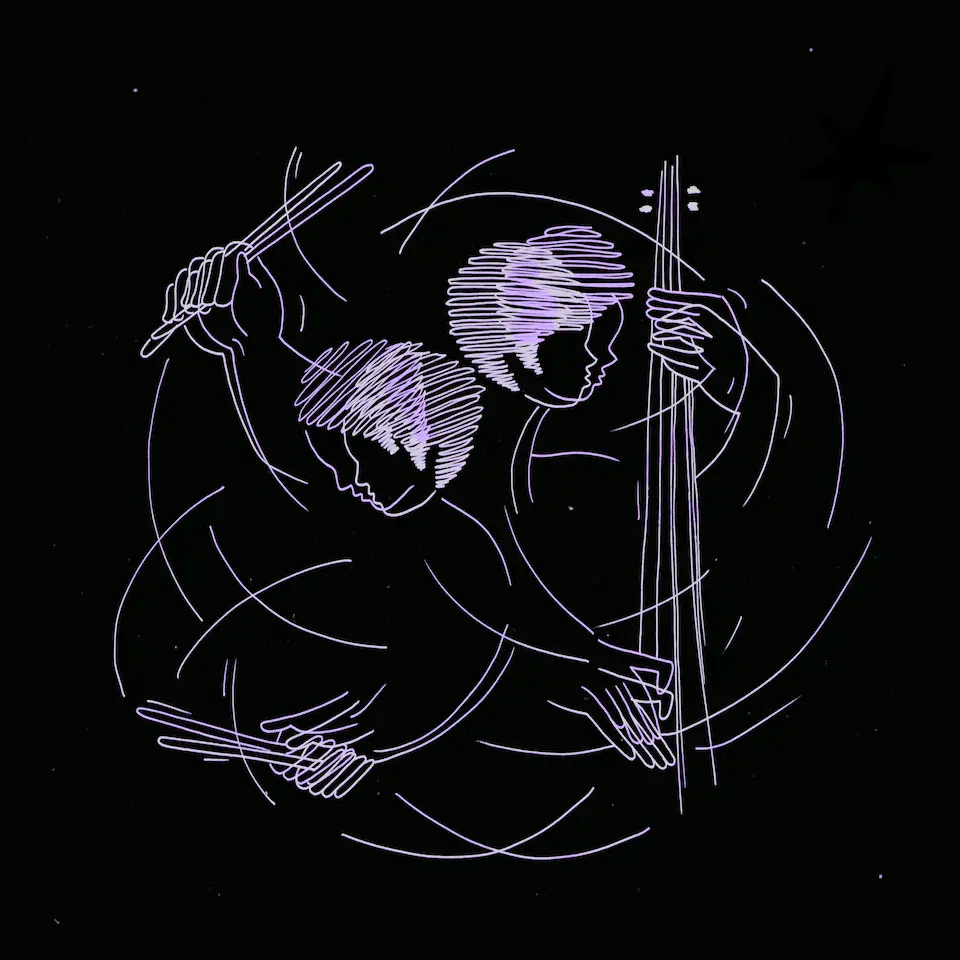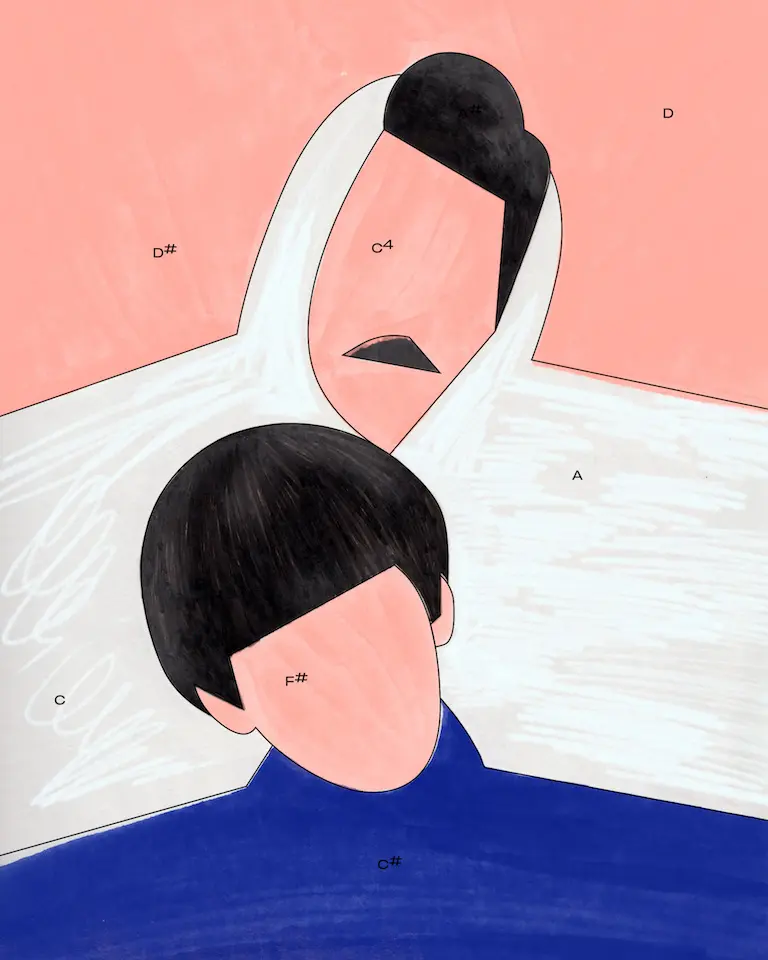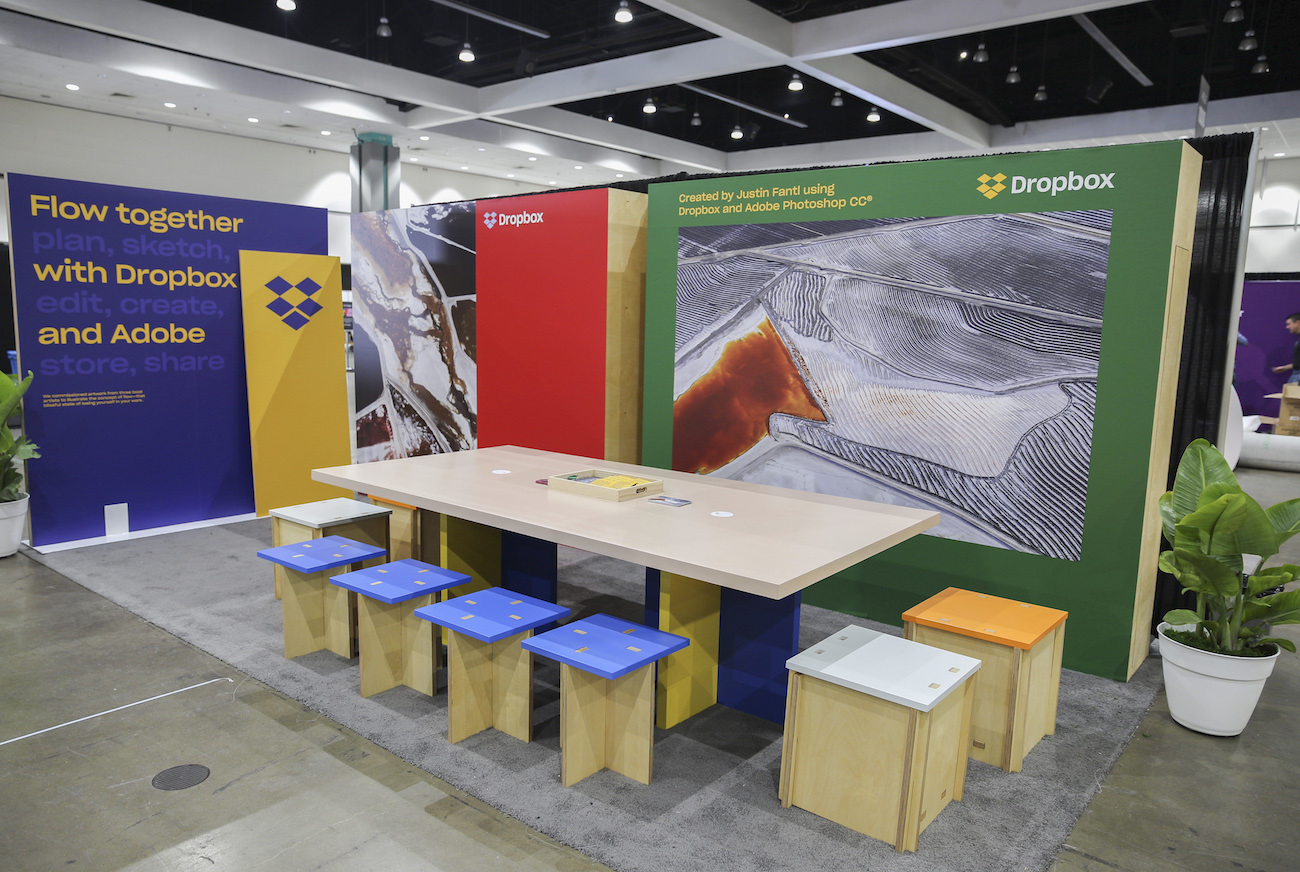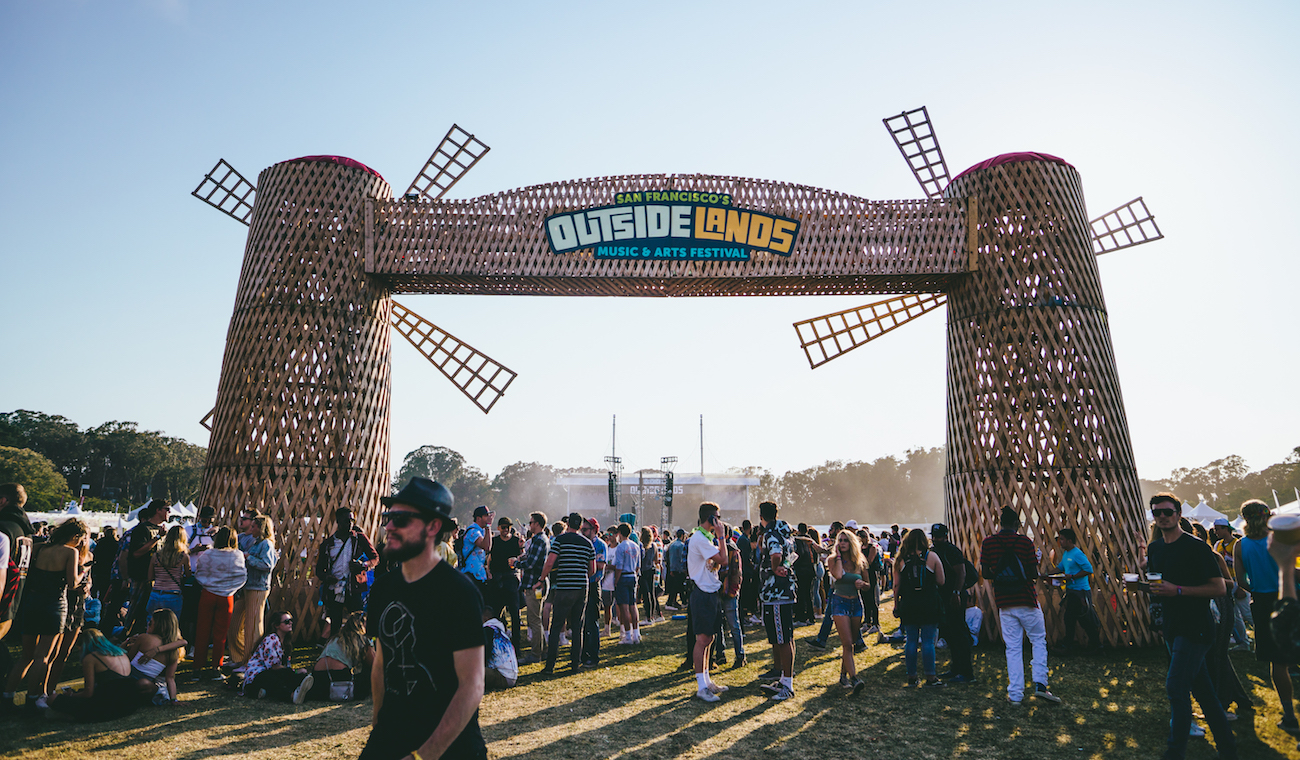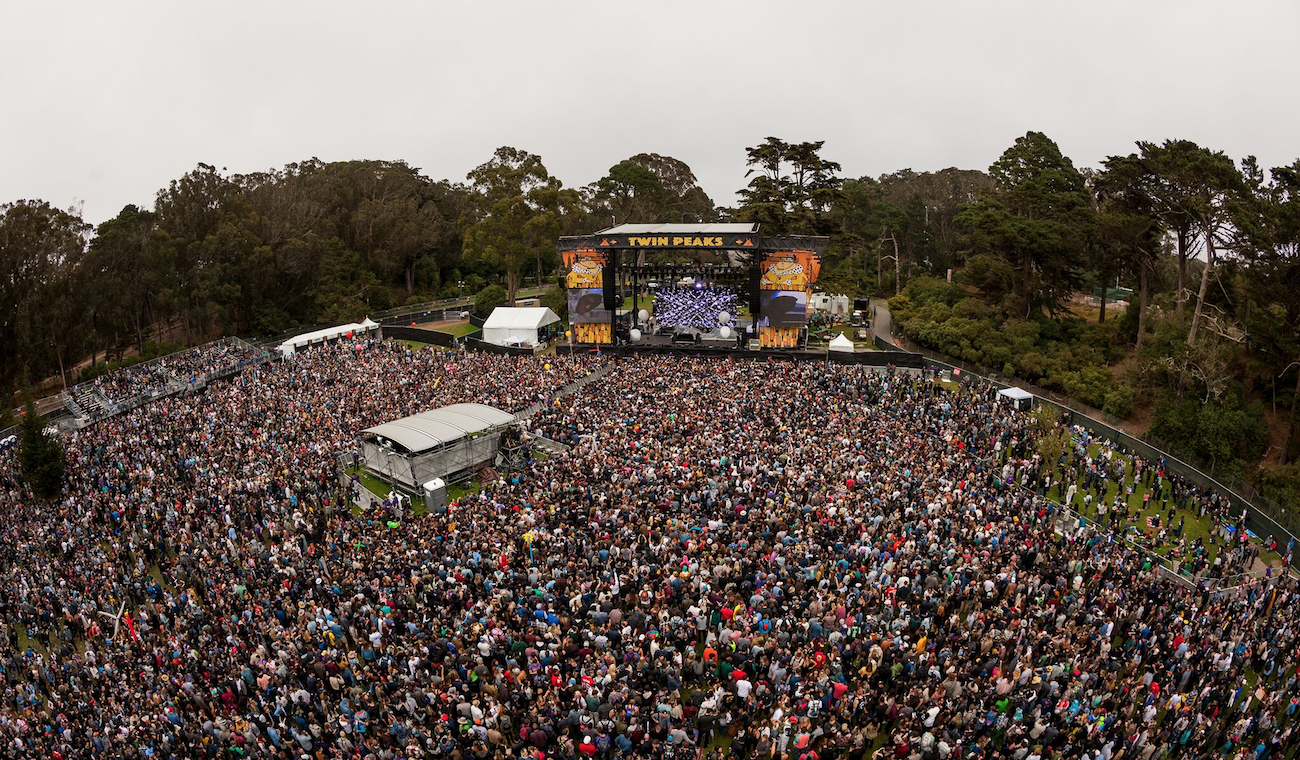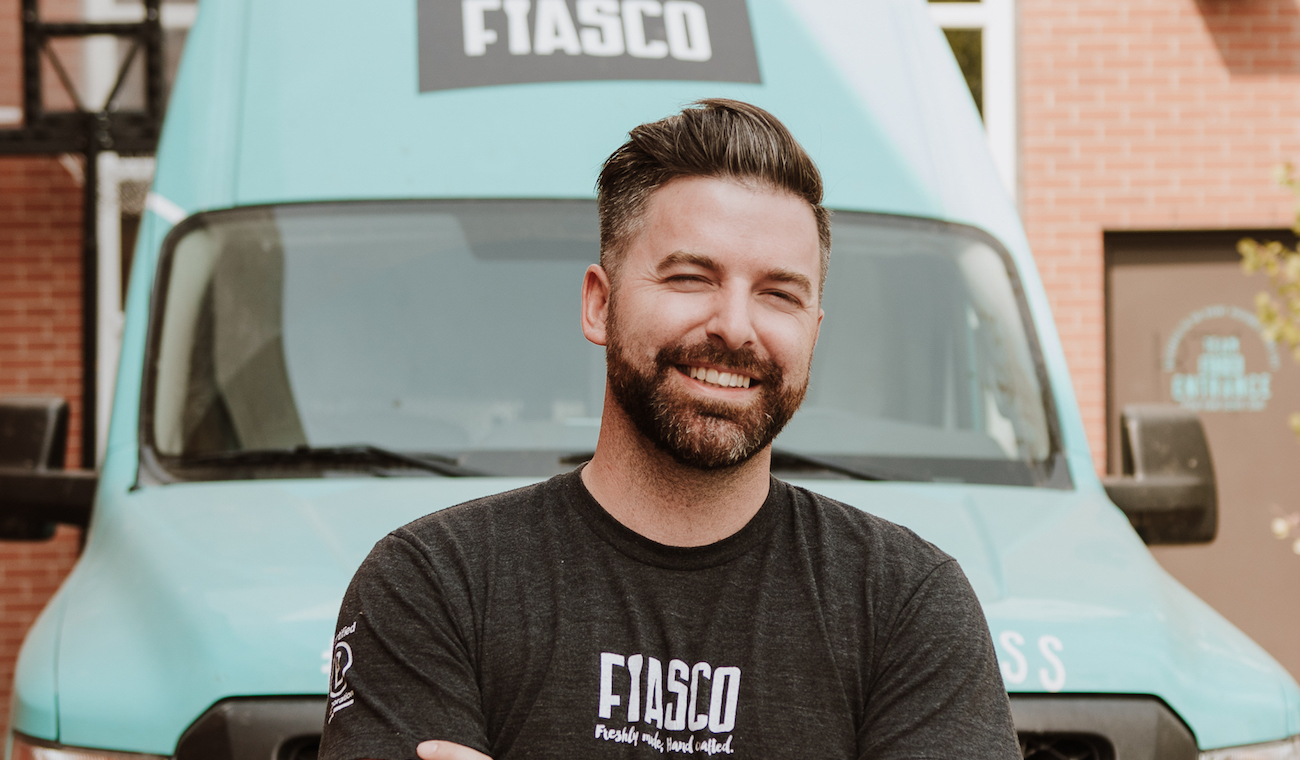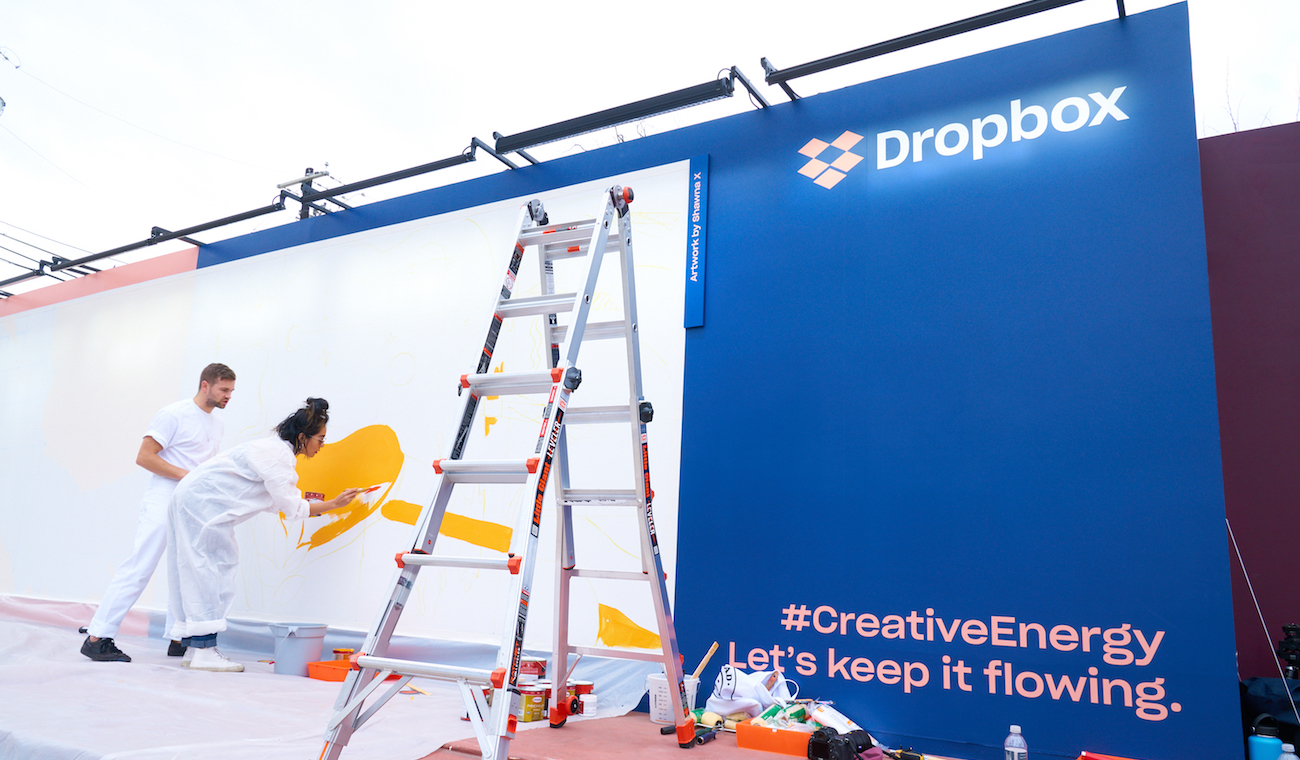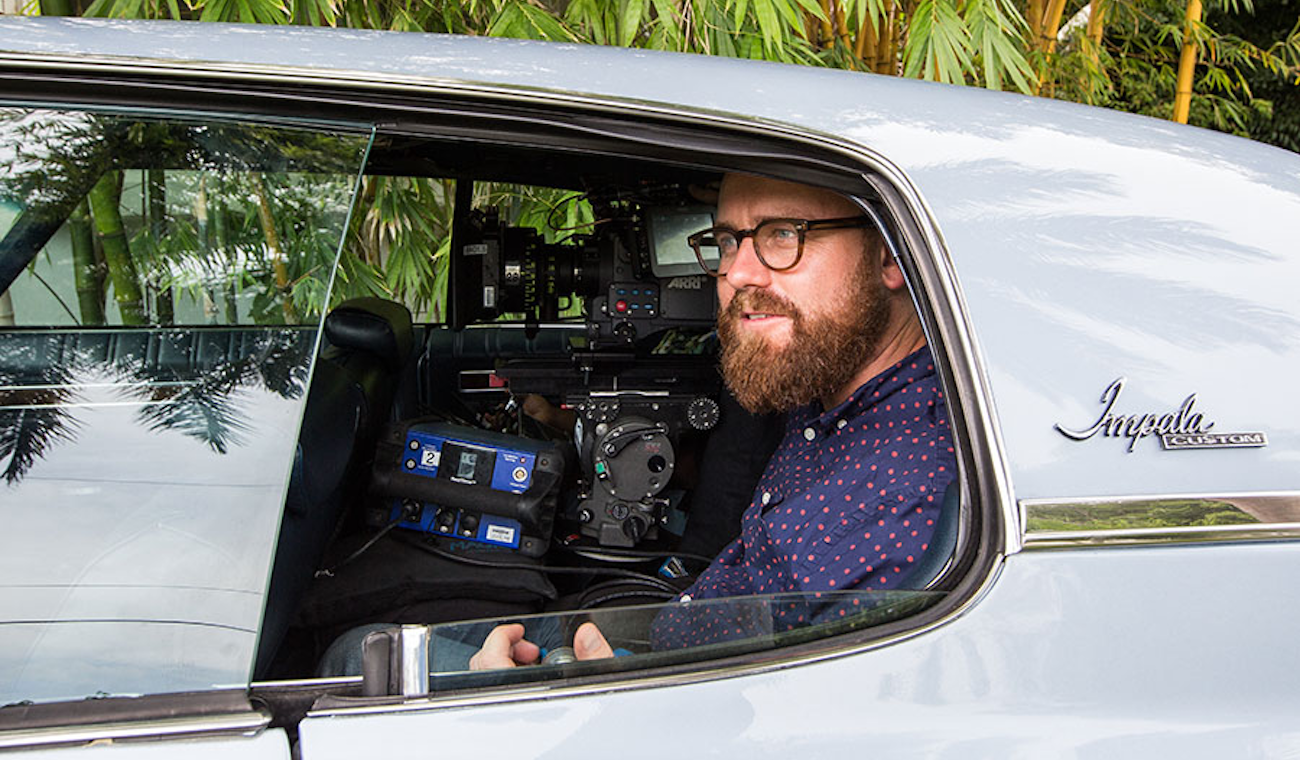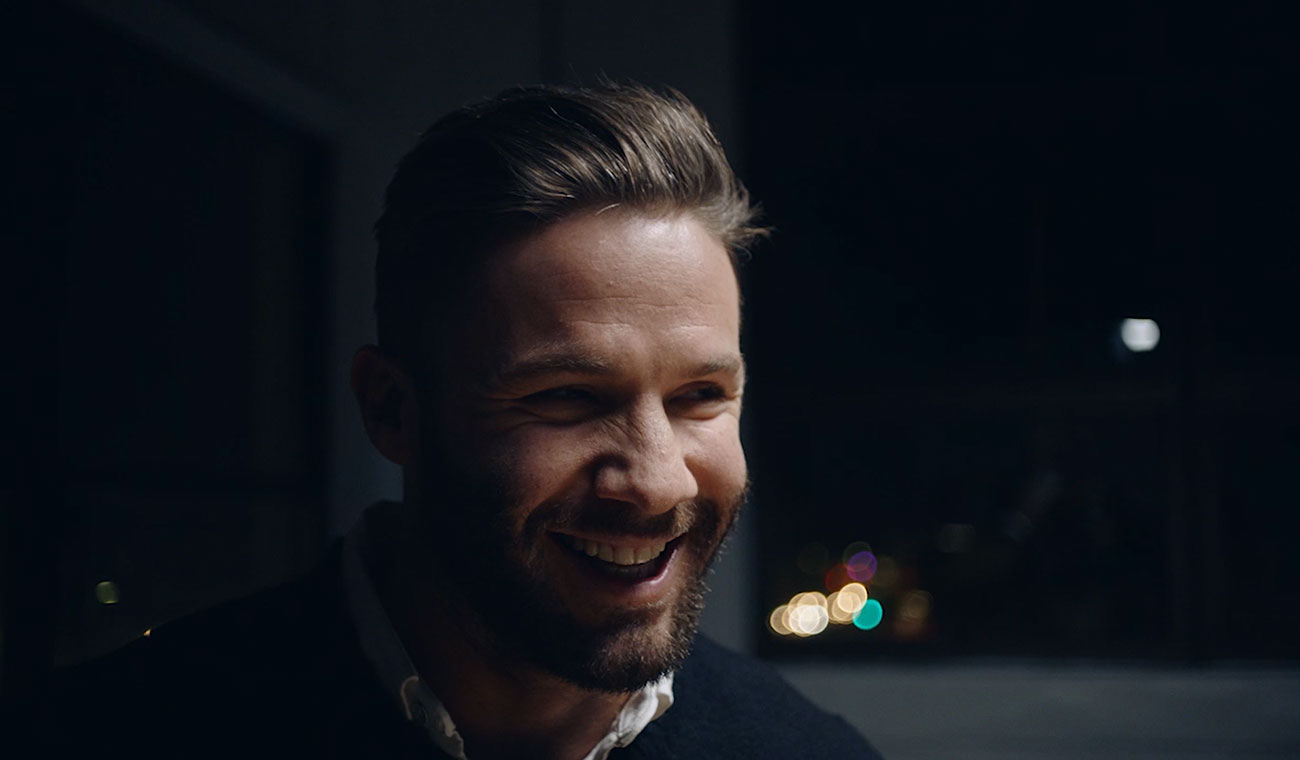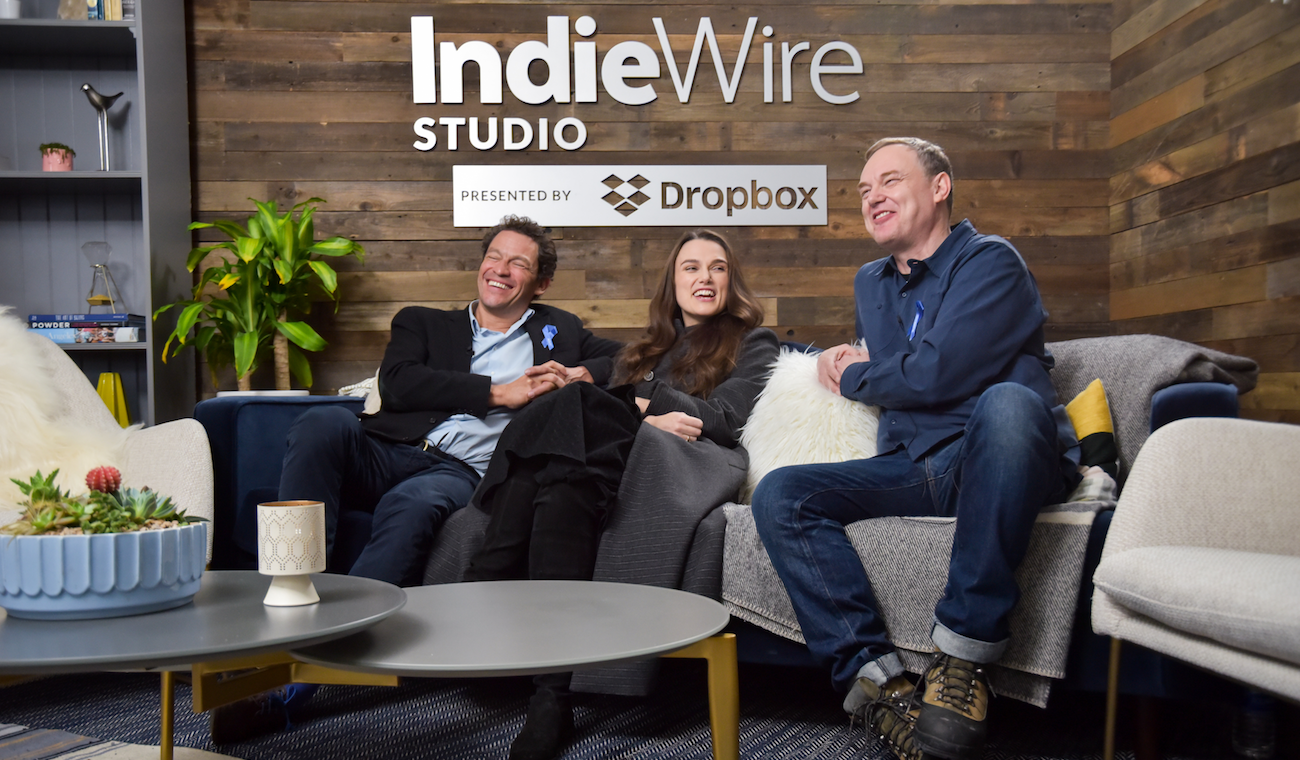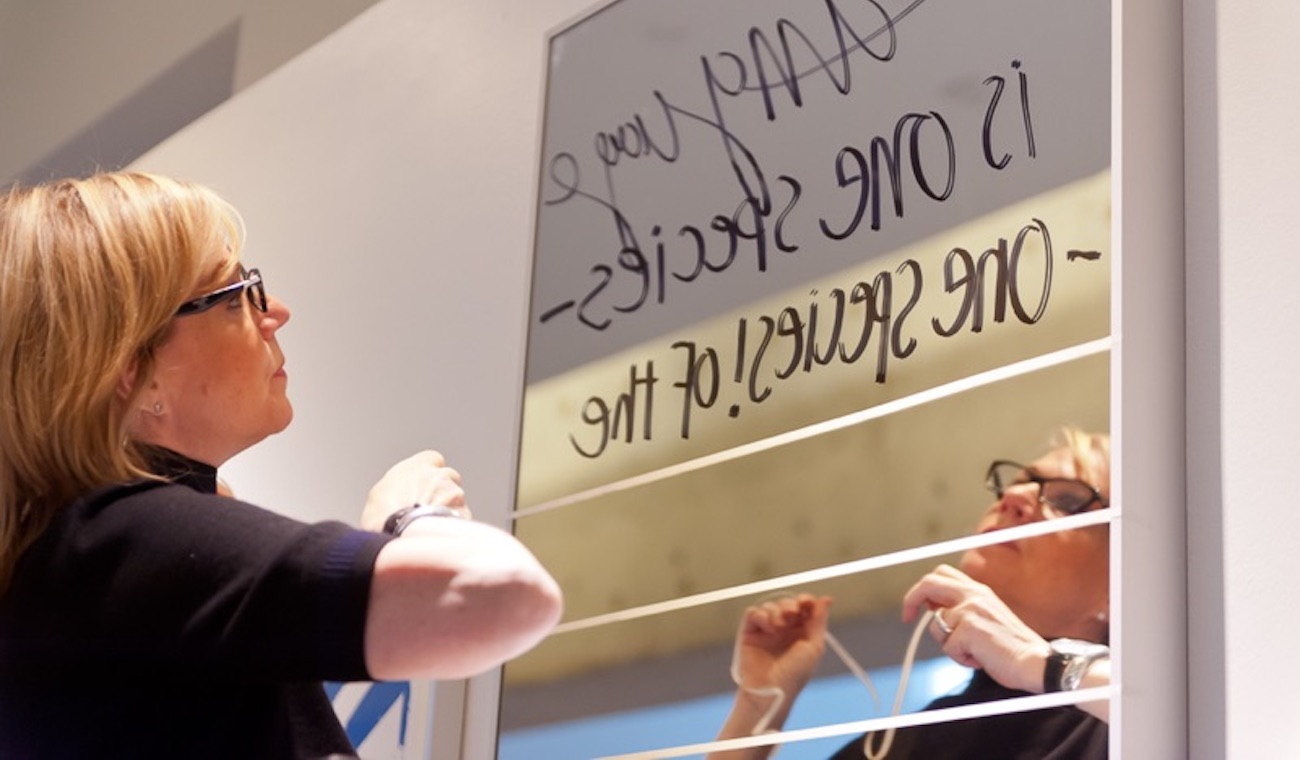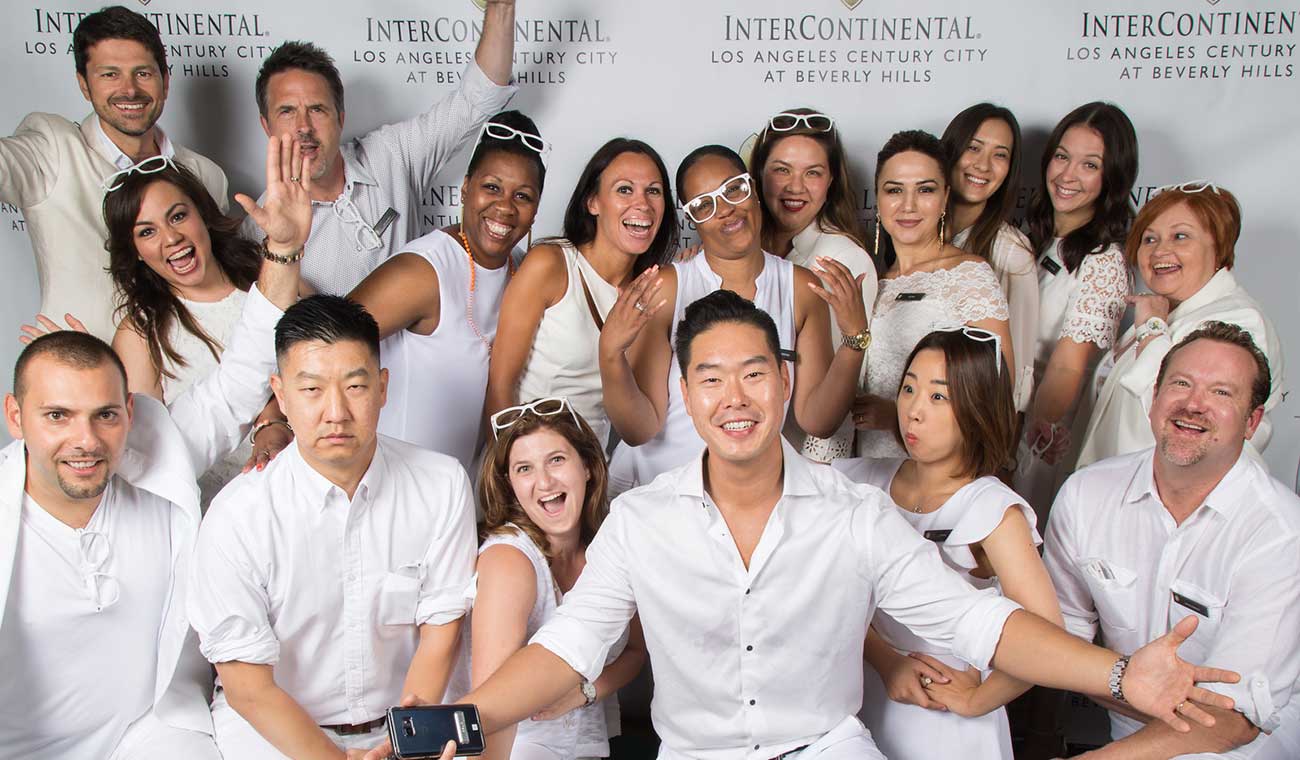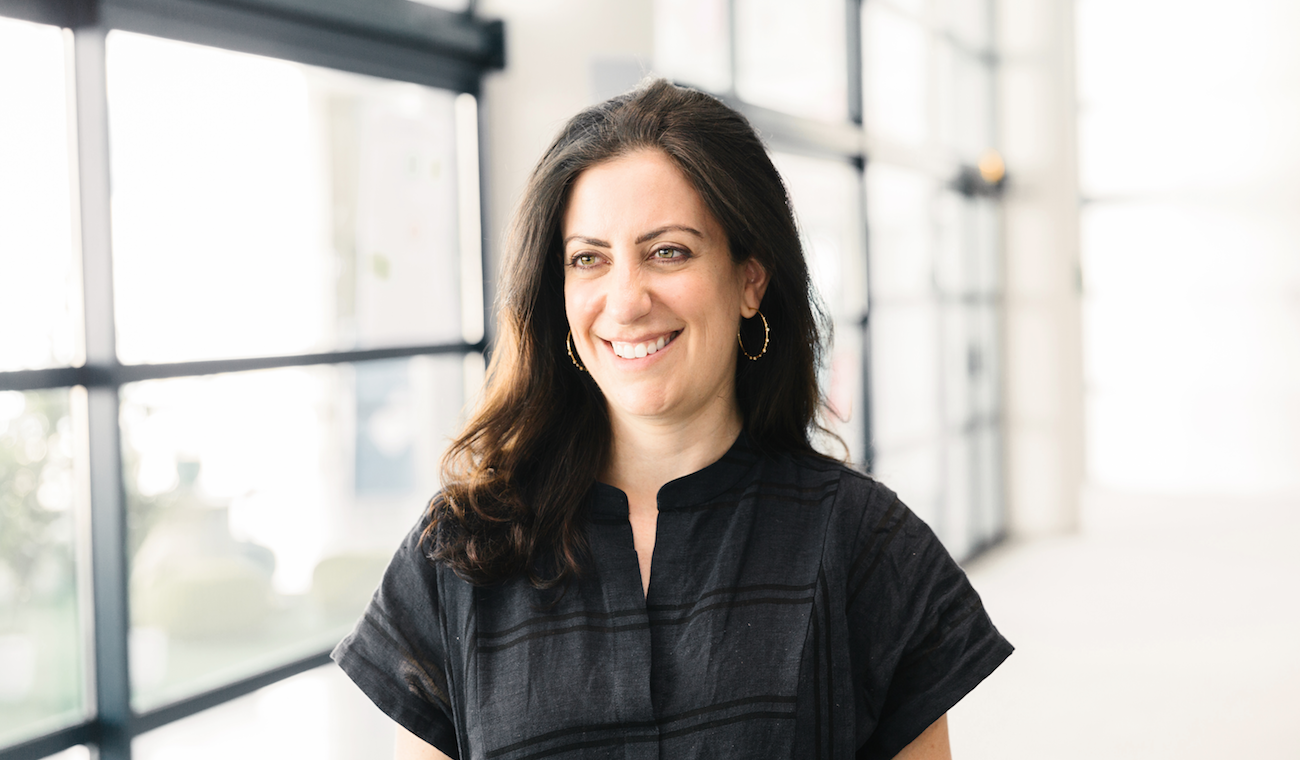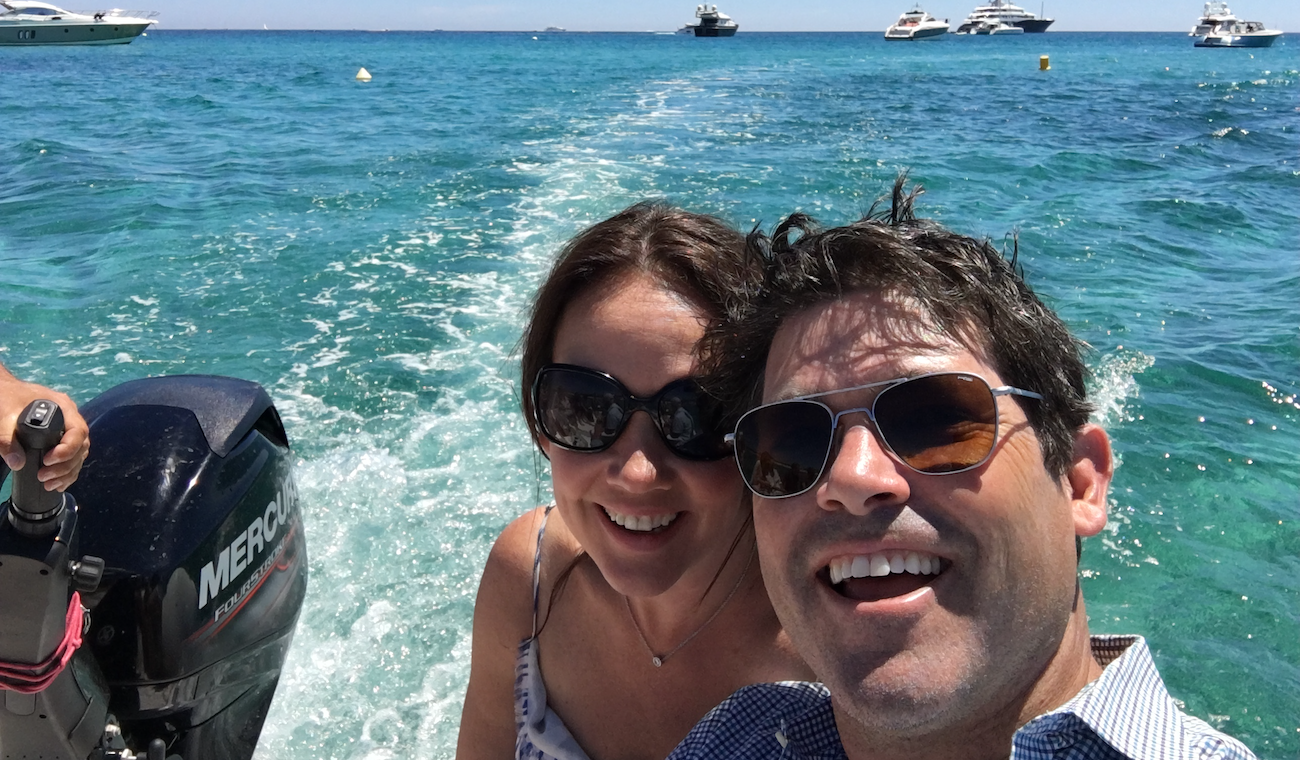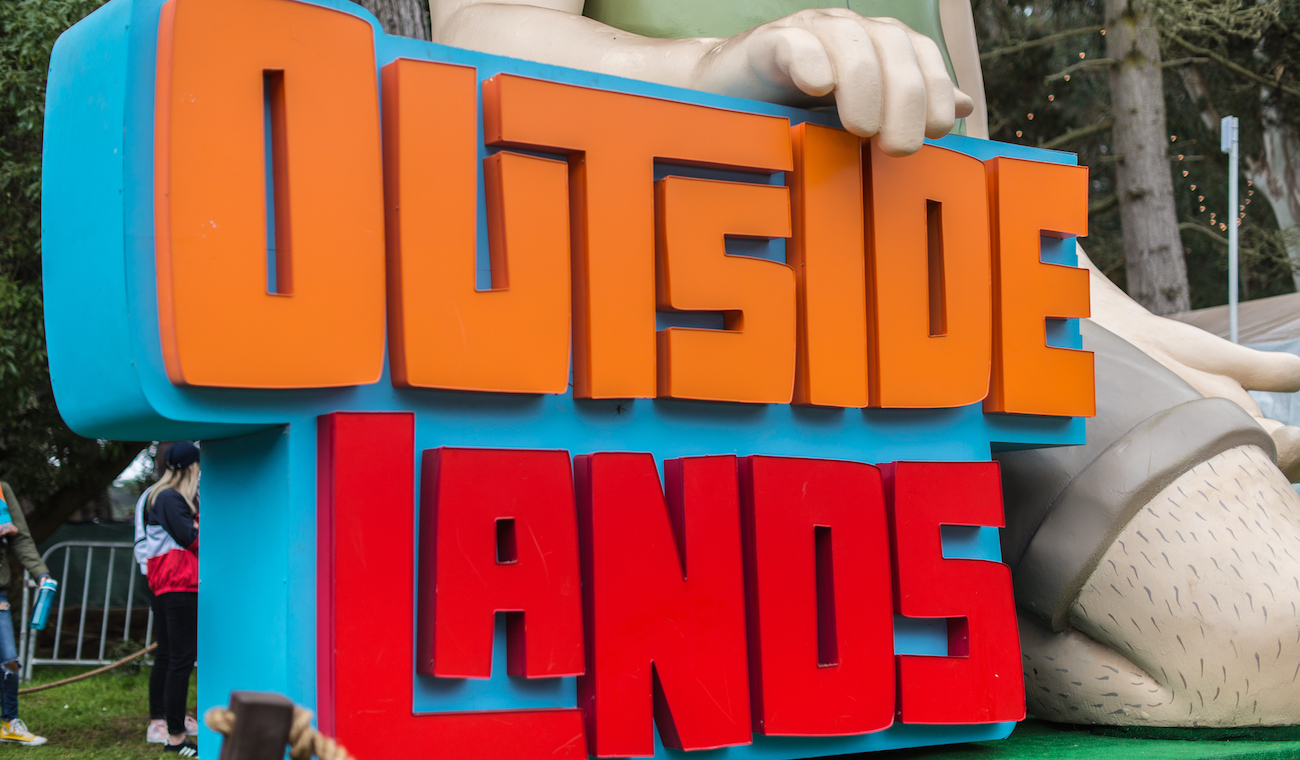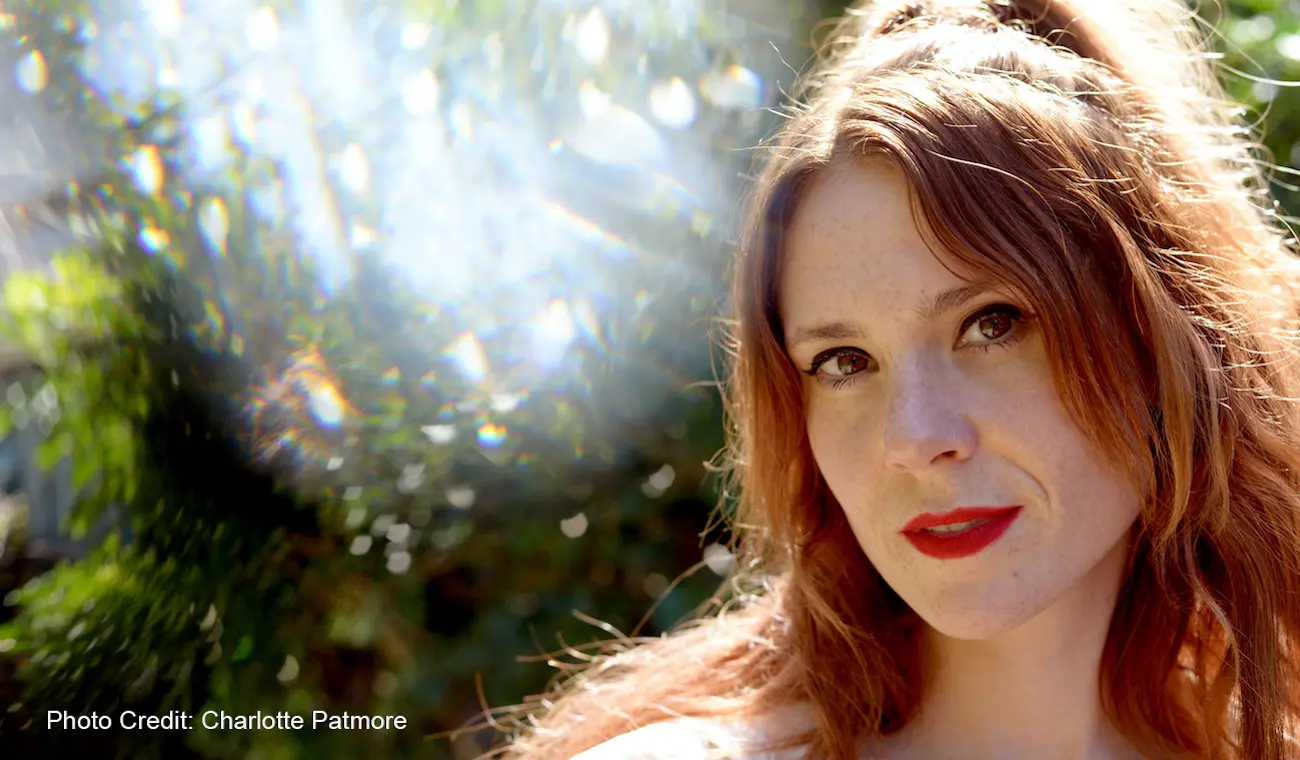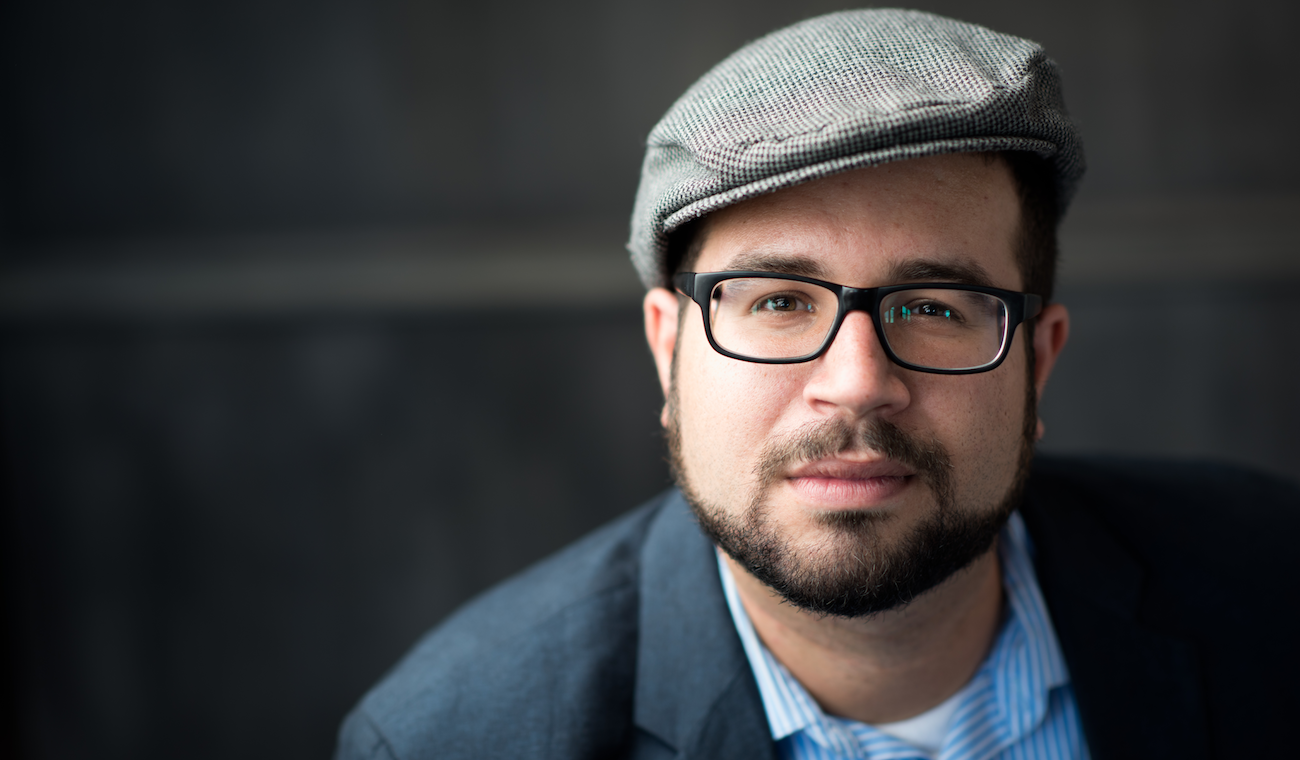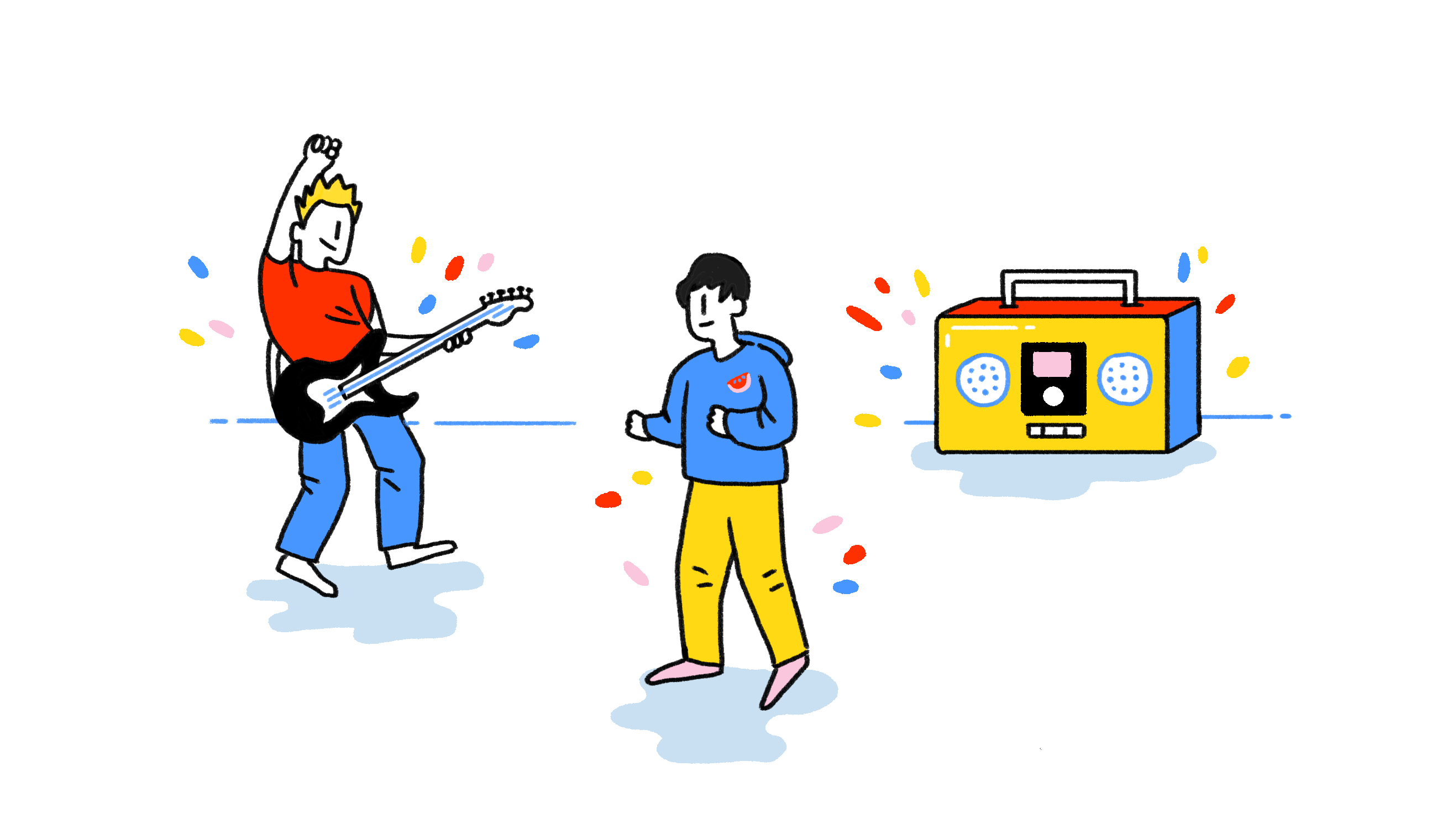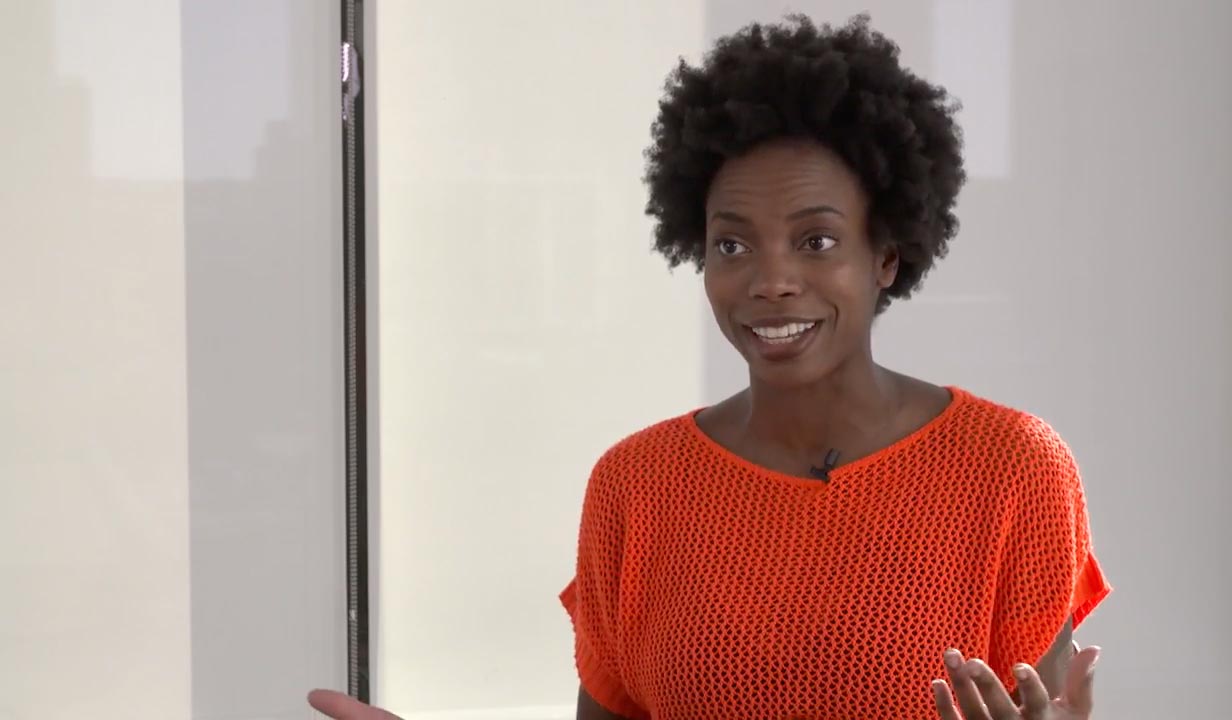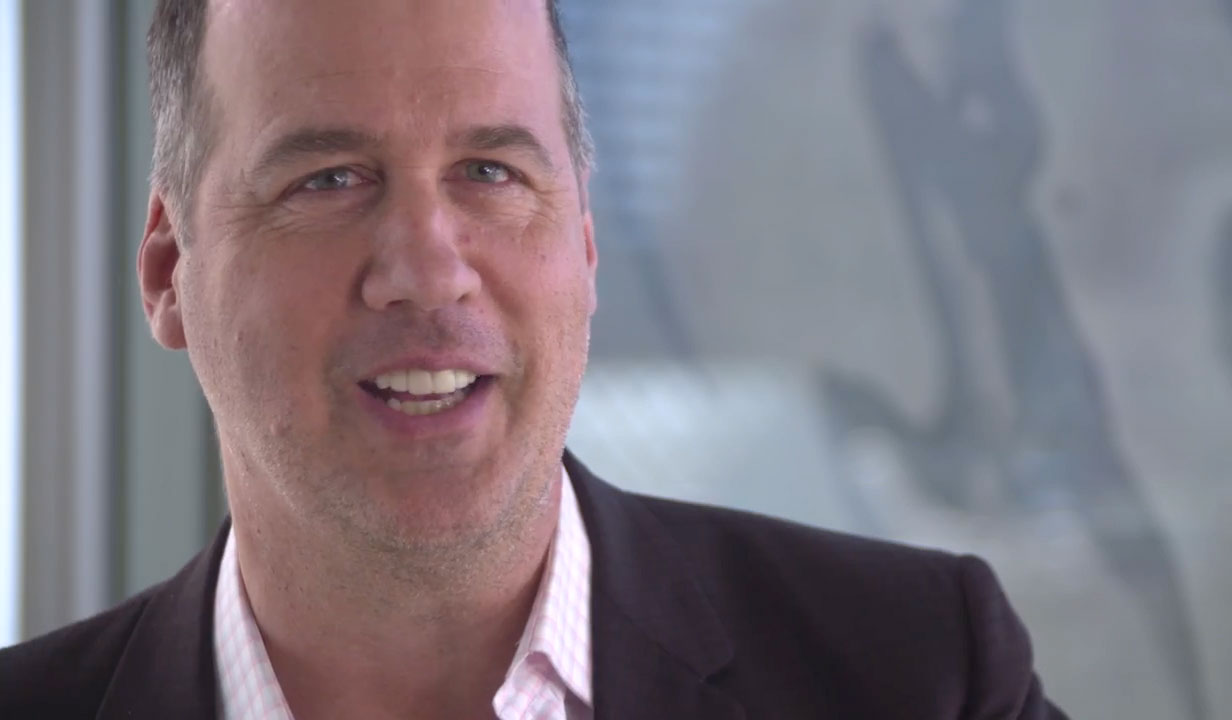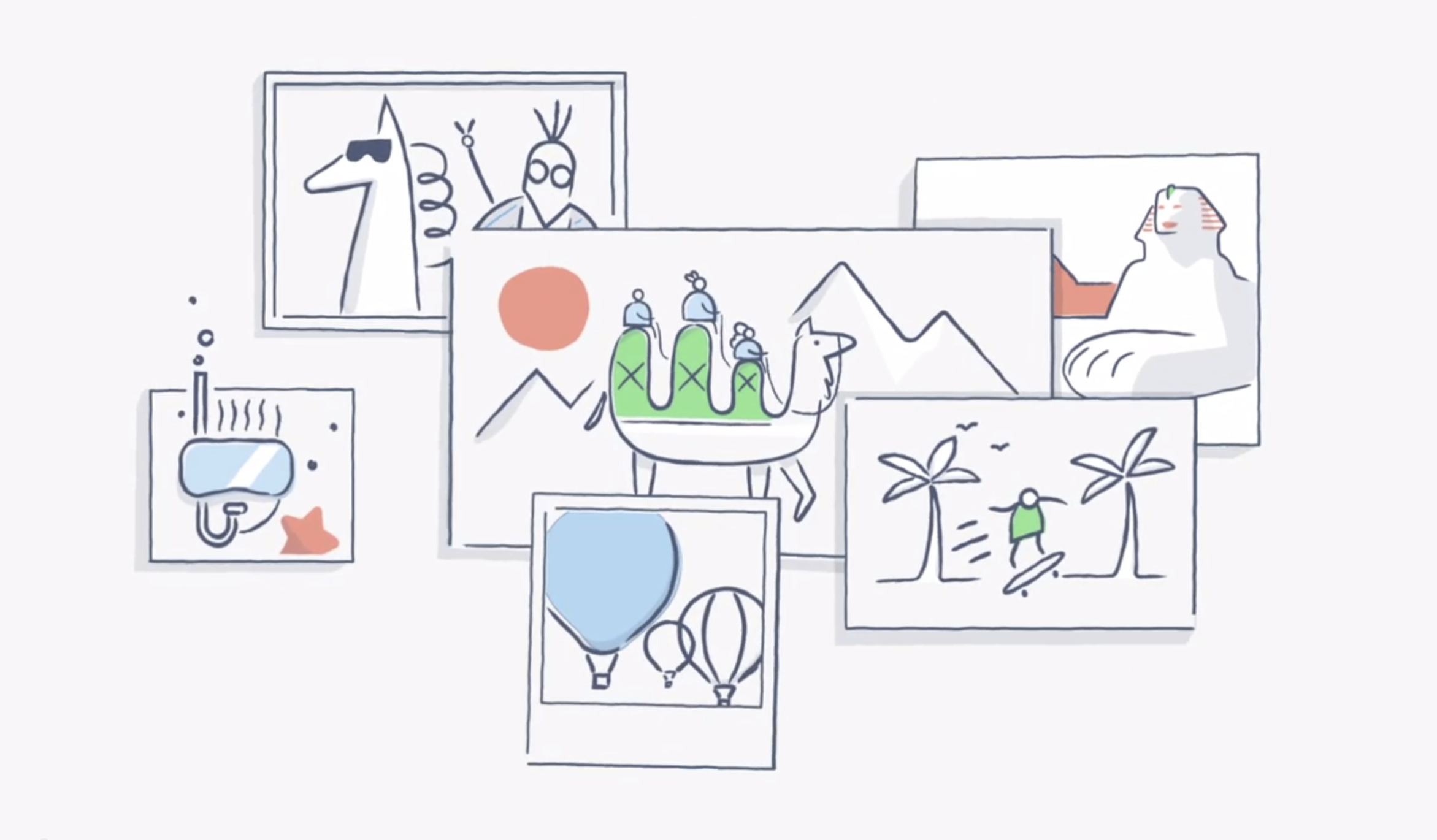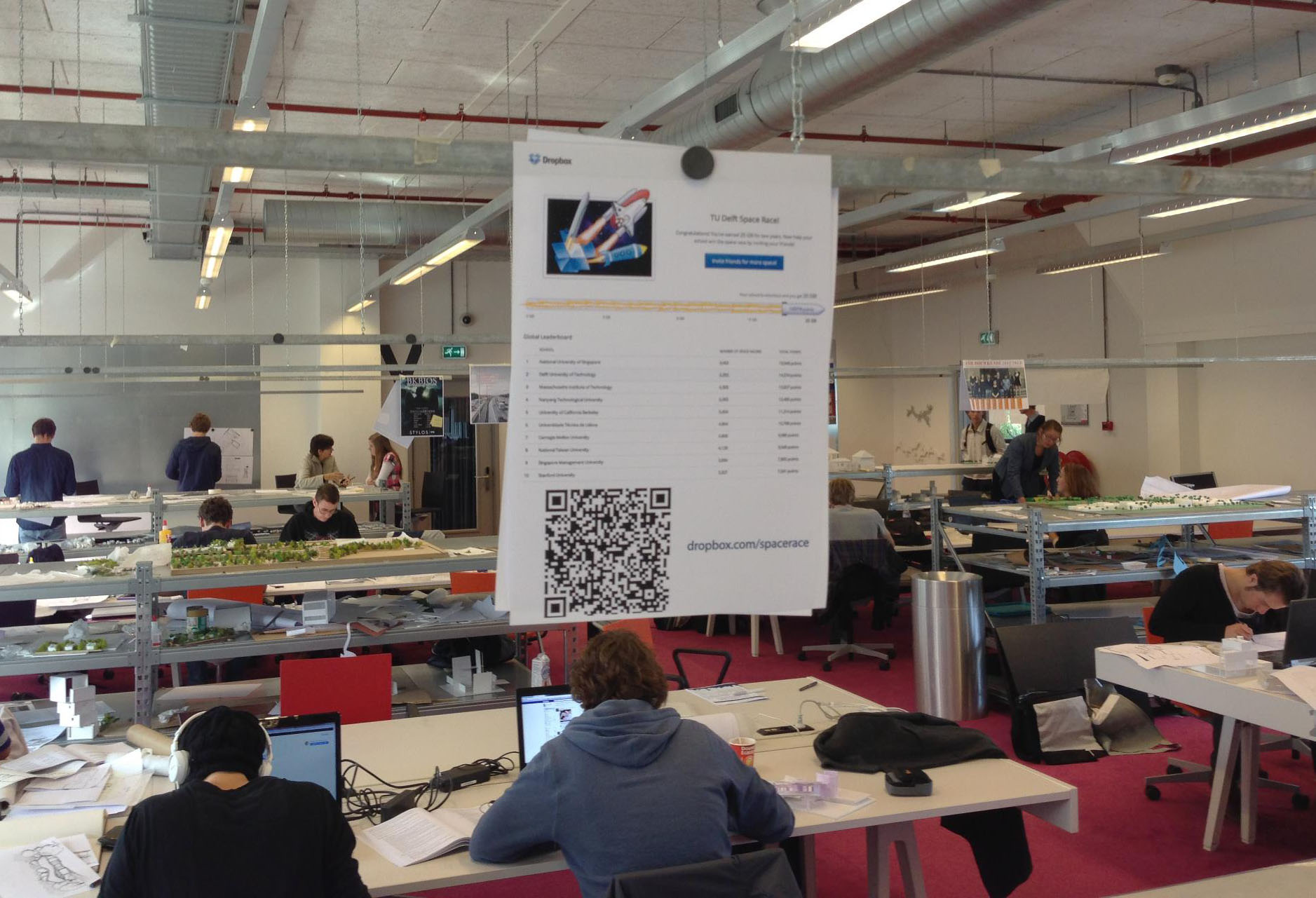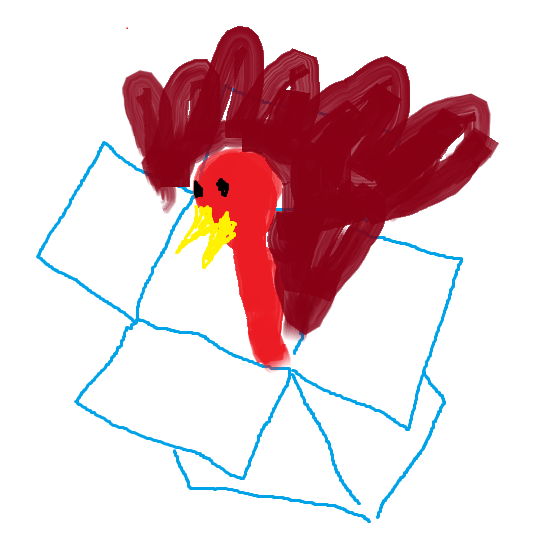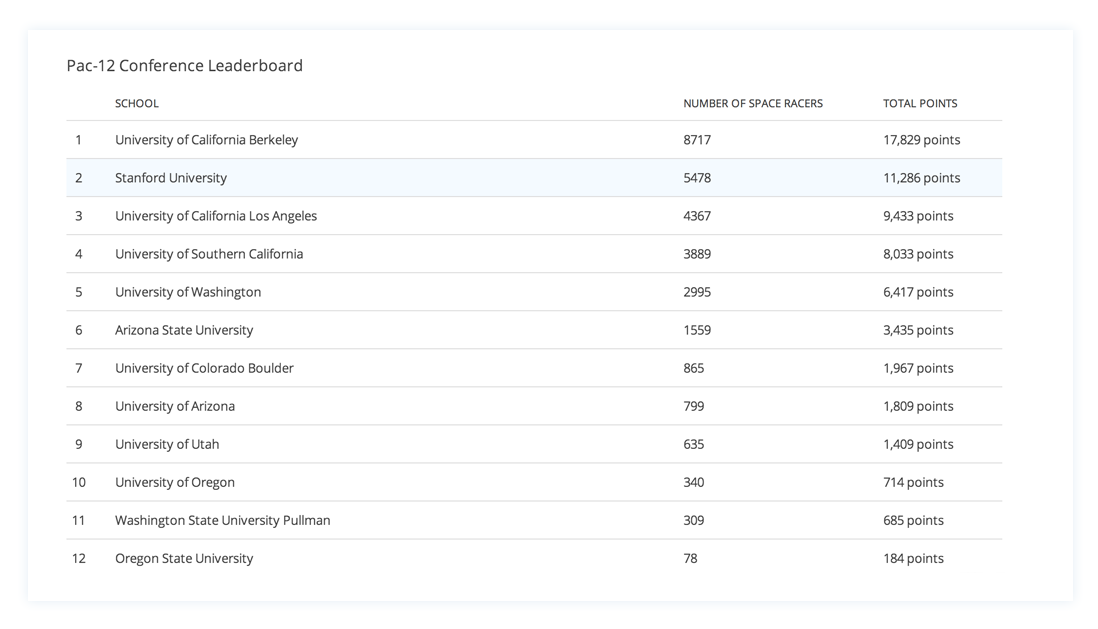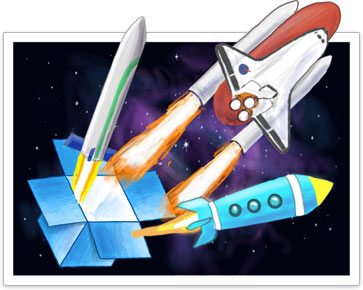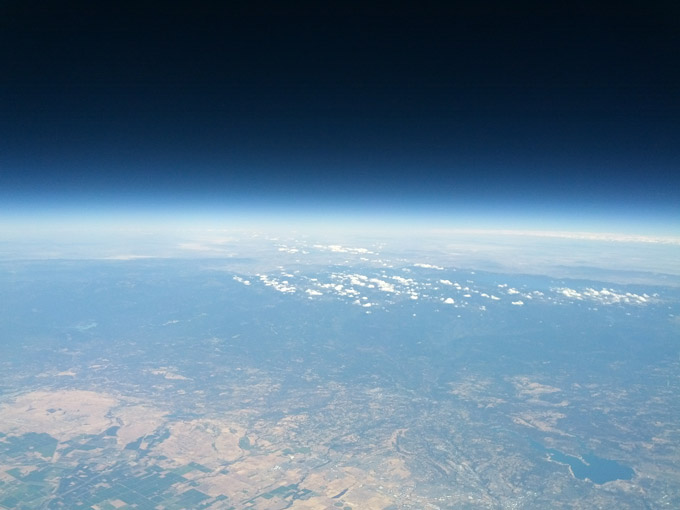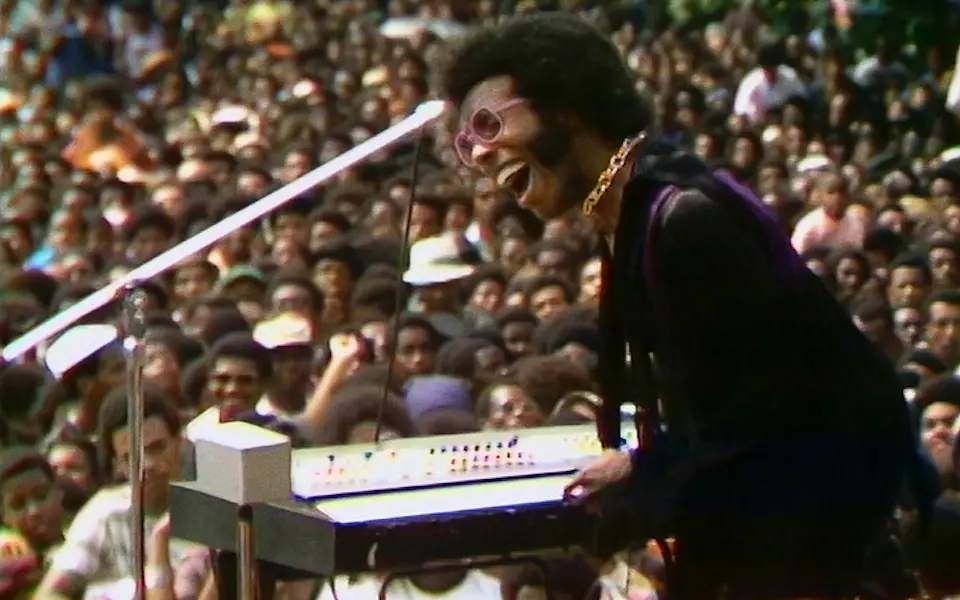
Sundance Film Festival 2021, Dropbox for filmmakers
Sundance 2021: The Festival Director’s guide to notable films from an extraordinary year
Published on January 27, 2021
“What does the work tell us about what they’re noticing in the world?”
This week, we're talking with the filmmakers, crews, and festival leaders who made Sundance 2021 happen despite the isolation and distance caused by the pandemic lockdowns. Today, Festival Director Tabitha Jackson discusses some of the year’s most memorable movies and how the expanded vision of the festival shaped the content and programming.
Dropbox: Were any films selected specifically because of their relevancy to Covid and this cultural moment?
Tabitha: It's such an interesting question, because while every other element of the festival needed to be reimagined for the times, the process of curation still remained as it has. We are looking for the most exciting, independent voices. What’s different this year is, in order to preserve the energy of a festival, we could have said, “Given how people are living at the moment, we could stretch the festival out and make it longer, so there's more space in between, for people to have their lives.” Or we could intensify the energy around it, make it tighter, more compact, hopefully more fizzy, and concentrate all our energy on that. And that's the way we decided to go.
“There are films this year that could only have been made in this moment.” —Tabitha Jackson
So the program this year is tighter than in previous years—just above 70 feature films as opposed to 160, 7 days rather than 10 days. But we still have our competition sections. We still have our NEXT section. We still have our Midnight section. We combined the Premiere sections so there's not a separate fiction and nonfiction one.
But what we're looking for in films is the case every year, which is: follow the artists. This is the work that filmmakers and creators have been making. So, what does the work tell us about what they’re noticing in the world? It doesn't come from us imposing a theme on it.
Having said that, there are films this year that could only have been made in this moment. There are films like Nanfu Wang’s In The Same Breath, which is a documentary about COVID, the beginnings of it in China, how it came to America. It’s also about democracy in a certain way, and how governments talk to the people about what's going on, what information is shared and what is not. That was one that’s specifically looking the pandemic in the face and interrogating it. Nanfu is an incredible Chinese director who lives in the US. Only she could have made this film the way it's made, and she brings herself into it.

Then there are films, which were made during the pandemic, so you can sense it formally in how close people are to each other. There's a distance, which isn't necessarily about the plot, but that's a bit of COVID creative expression that we might note later on. If we're fortunate enough to be the first festival that is showing creative expression during a pandemic, then it is interesting to look at this work in terms of form as well as content.
In content, there's a film called In The Earth by Ben Wheatley, which uses the pandemic as a setting and a narrative engine to make a fantastic film. I think the creativity of people in this moment—whether they choose to tackle the pandemic head on, use it as a backdrop, whether they film with social distancing in place, and just make it part of a style—that's been exciting to see manifest.
“If we're fortunate enough to be the first festival that is showing creative expression during a pandemic, then it is interesting to look at this work in terms of form as well as content.”

As a side note, there are a couple of films that were made before the pandemic was even known, in the before times. There's one called The Pink Cloud, which is in the world dramatic section, and another one called The Dog Who Wouldn’t Be Quiet. As a central theme, both have this notion of “There's something out there that is invisible and can kill you.” So you must stay in and what happens when you stay in and you're confined. It's incredible that these films became bizarrely prophetic and also disconcertingly descriptive, even though they had come purely from someone's imagination about a future or alternate world that then came to be.

Are there films that are giving American audiences a perspective on transformations happening in other countries?
One of the things that this year’s films give us—as we’re confined to our home for so many months—is this opportunity, not simply to expand our horizons, but to really feel like you can go somewhere in the world through cinema, in a way we simply can't at the moment.
One of the themes that came through from this year’s selection was the empowerment of women to make things happen. There’s another Indian film actually called Fire in the Mountains, which is a fictional film, but it's interesting to think of that in the same breath as Writing with Fire. Because the protagonist of this—and it's an incredible performance—is a woman living in structures that were not built. For her, the men have all the power, so she has to find a way of doing what she knows to be right—and to circumvent local politics and the rights of the husband to have his way.
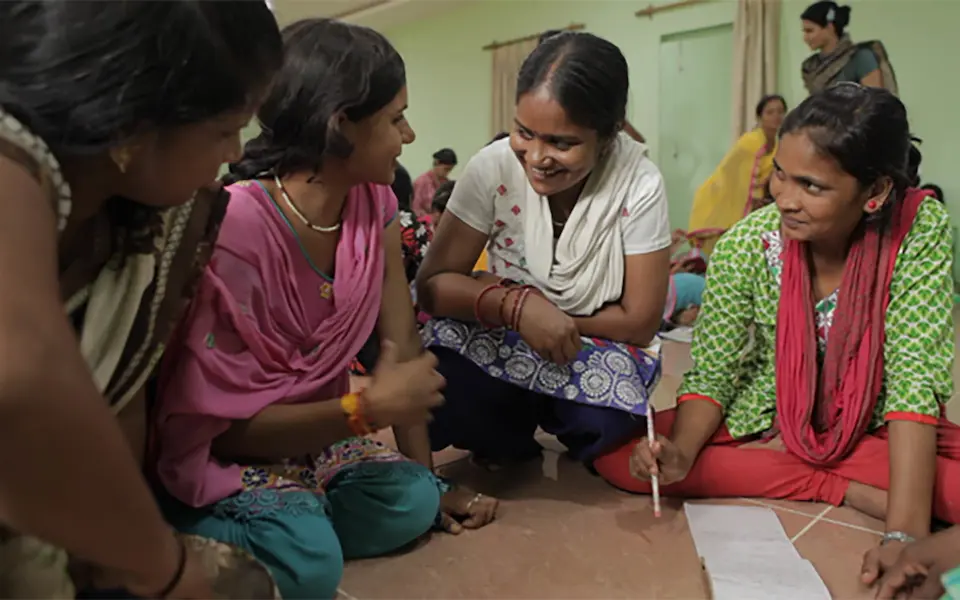
Even though it’s in one sense a very contained domestic story, it is actually reflective of something else going on in the in the world. As we consider our own political situation, and the role that women and women of color played and have been playing, this empowered women theme is beginning to be talked about a little more. It’s particularly resonating with me. There's another documentary called My Name is Pauli Murray.
I spoke with the directors, Betsy West and Julie Cohen recently. That film seems like a great opportunity to shine a light on a heroic historical figure and remind us that these people have been with us for decades even if you don't know their names.
Yeah. The question is, why don't we know their names? Why don't we know that? Some people will, but why don't I know the name of Pauli Murray? What a significant figure. I think that's one of the responsibilities of a film festival like Sundance, once the filmmakers have done their work—to say, “Look at this, look at this!” The film festival has a bigger megaphone. I love the fact that they came across the life and story and meaning of Pauli Murray through making their film about RBG, another woman who had to push against existing structures to make real change.

Another fiction film is Hive. It's about a woman having to fight against the structures and making change. It's based on a true story, and it's an incredible thing. We talk about each individual story being a point of light, but when you bring them together, you're kind of creating a narrative constellation. These social movements come through story and film and television—the power of women to make change, the importance of voices who have not been recognized previously, is so important.
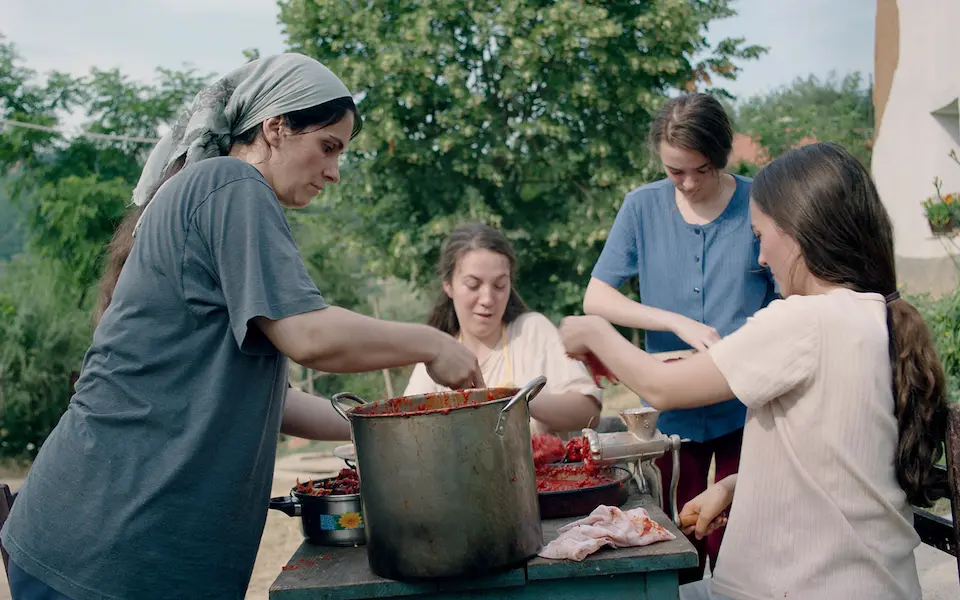
I think that the reclaiming of history that has either been erased or neglected is another thing that's going on this year. You can see it in an opening night film like Summer of Soul, which was based on a concert that took place in the same summer of Woodstock called the Harlem Cultural Festival. It’s an absolutely extraordinary archive that no one's ever seen since it happened. And why have we not seen it? Why has that not been talked about with the young Stevie Wonder, Sly and the Family Stone, Mavis Staples, Mahalia Jackson. It’s extraordinary that that event took place.
The filmmaking is by Amir Questlove Thompson. We know Questlove as a DJ and a musician. This is his first feature film. It's so elegantly structured. It is a deeply socially engaged work. He invites us to think about why we haven't seen this footage, what was going on in the nation and how it resonates with what's going on today. But it also just lifts you off the sofa, because it's just extraordinary. The music and the energy and the vibrancy is extraordinary, and that makes it even sadder in terms of cultural history, that this isn’t coming to life until now.

Talking about Questlove makes me want to note another point about the festival this year—it's not so much in the programming as an intention. But we are really delighted that more than half the program is made by first-time feature filmmakers. So there’s a doubling down on that notion of Sundance as a place of discovery. These are new voices, new languages, new perspectives that we haven't seen before in the feature film environments. It’s exciting to introduce those to people.
To check out the Sundance Film Festival’s new online platform, visit festival.sundance.org
To read about the making of this year’s films, visit our Sundance 2021 Featured Collection.

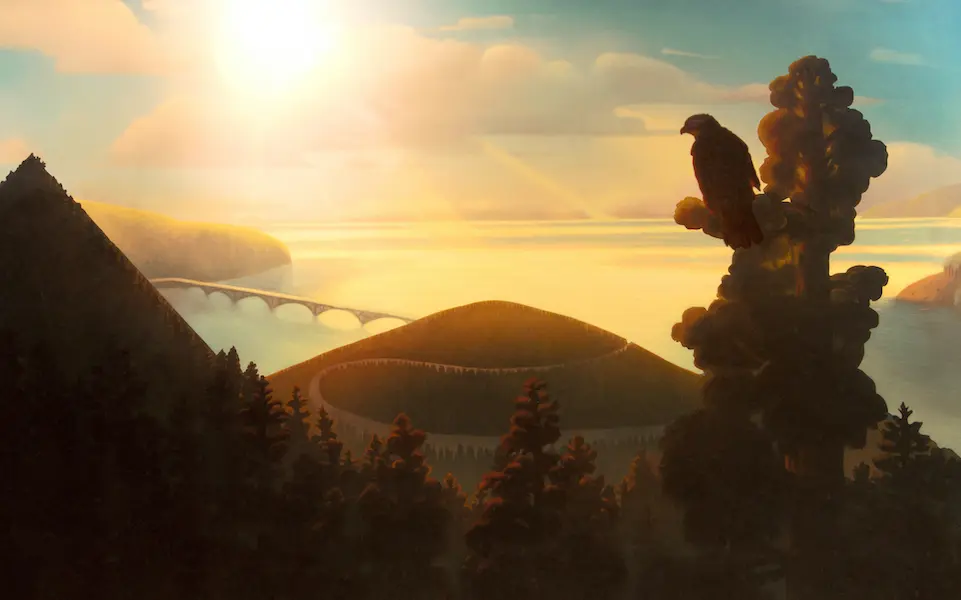
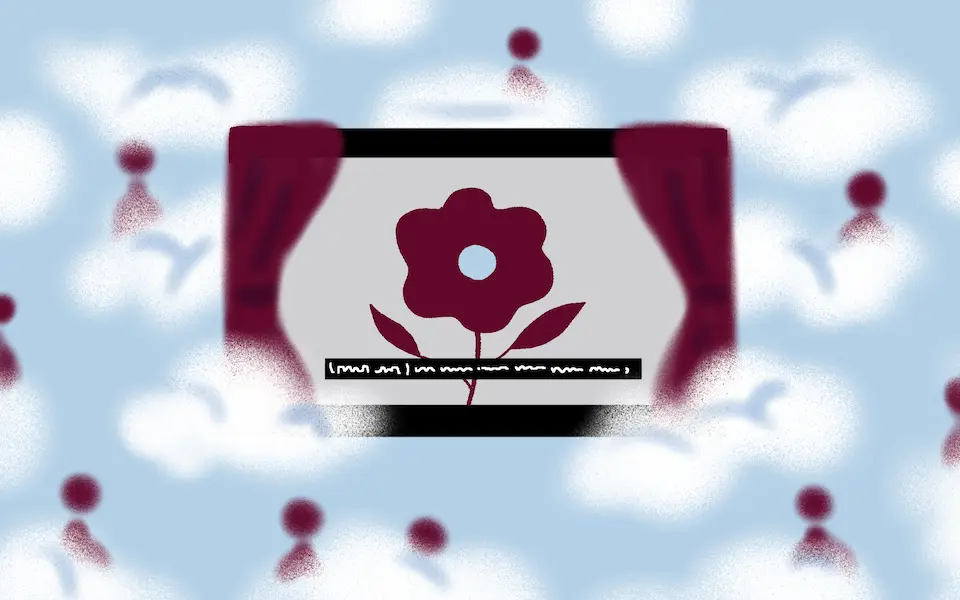
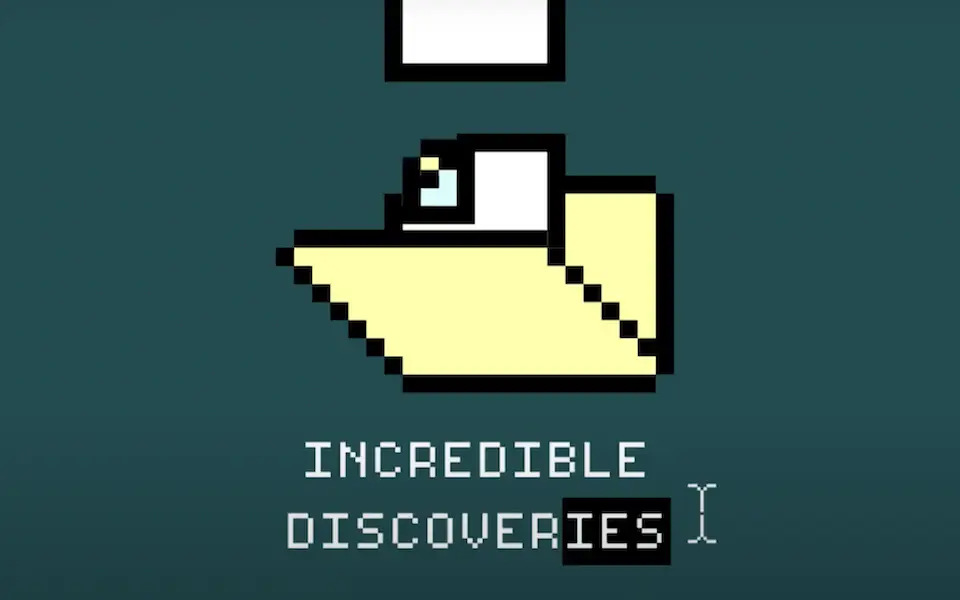
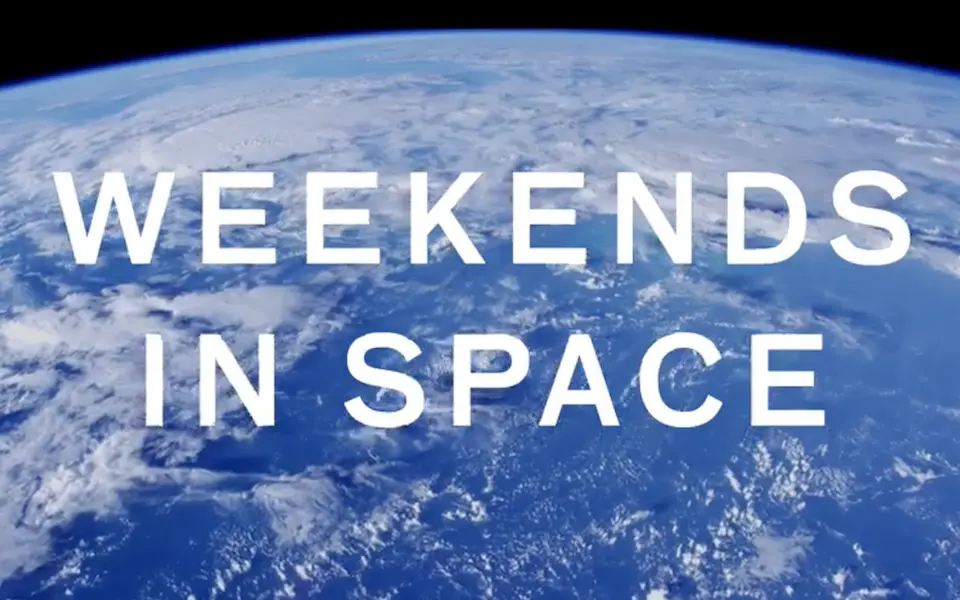
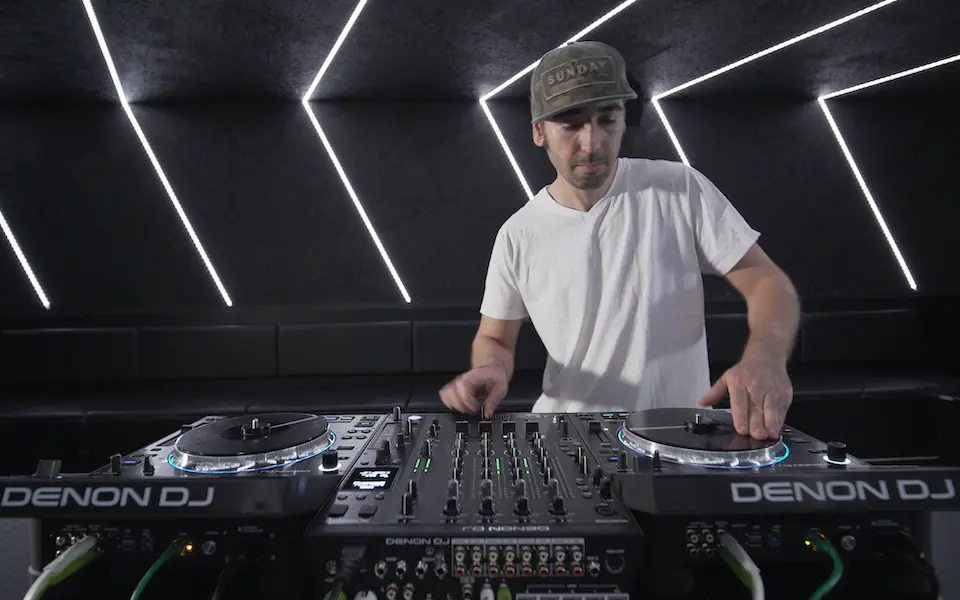
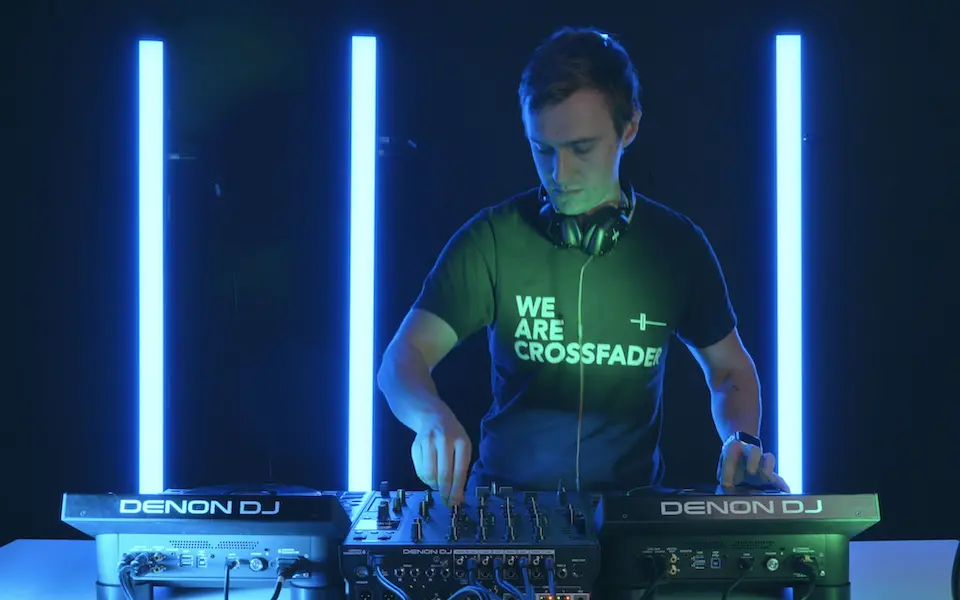


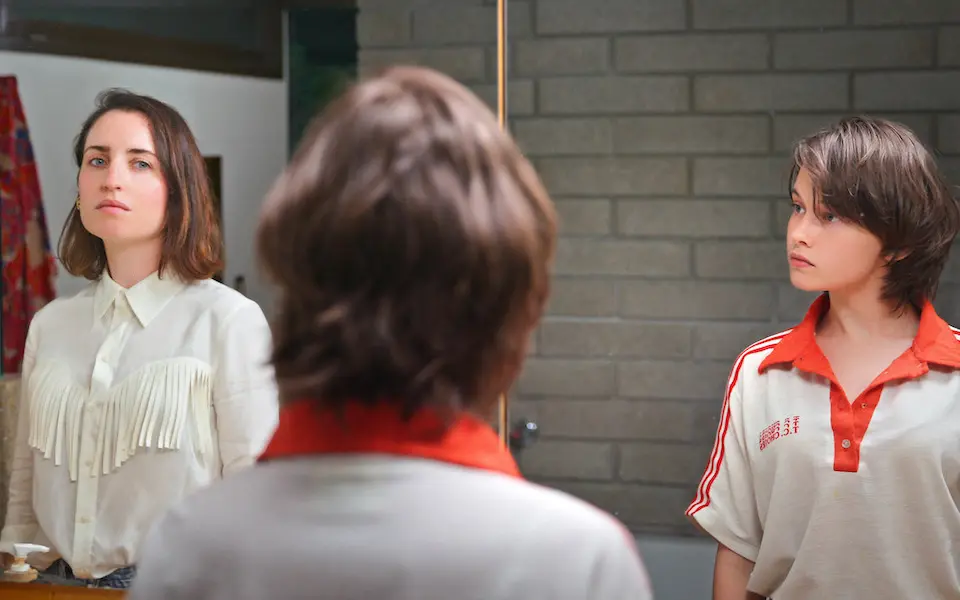
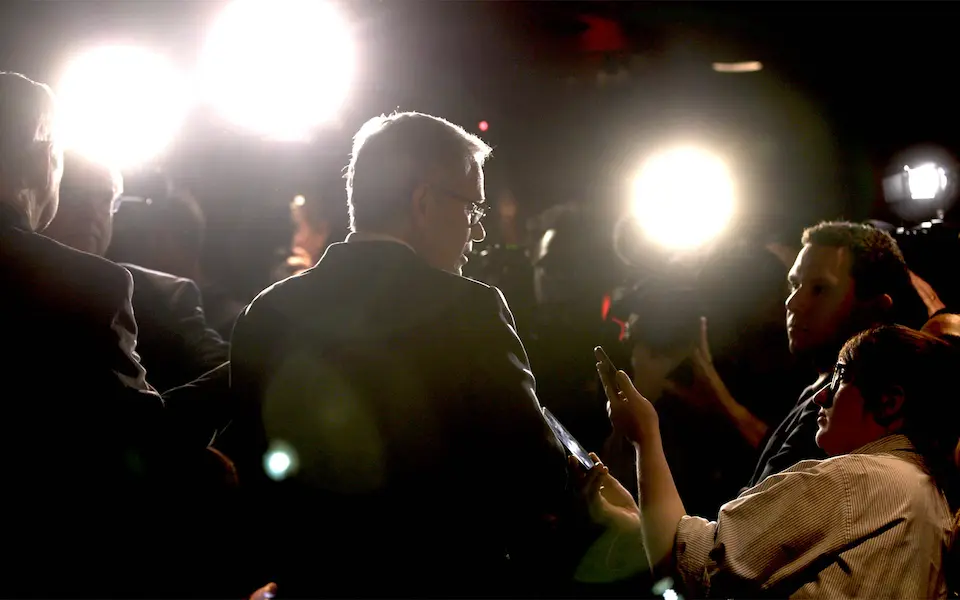
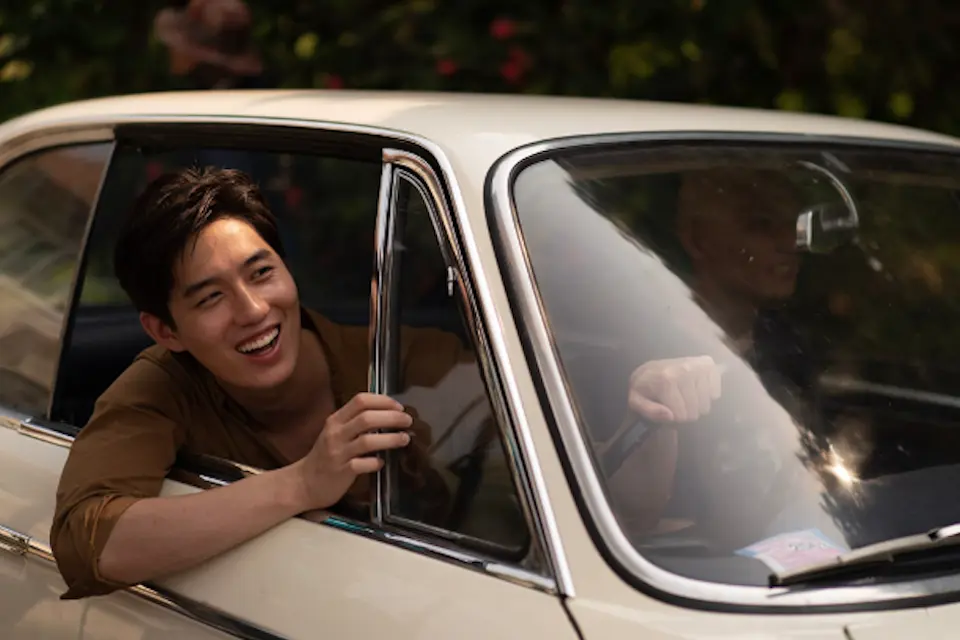

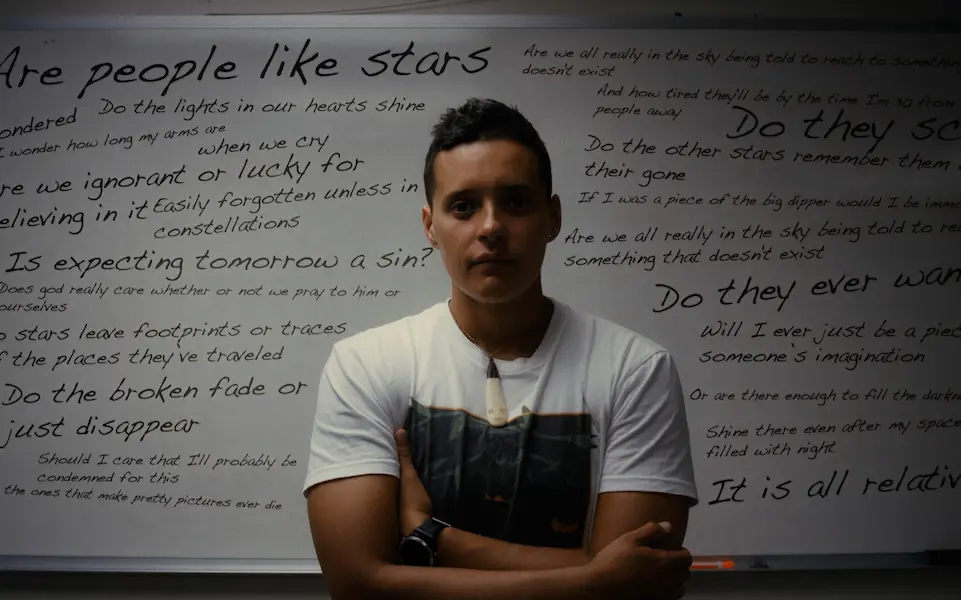
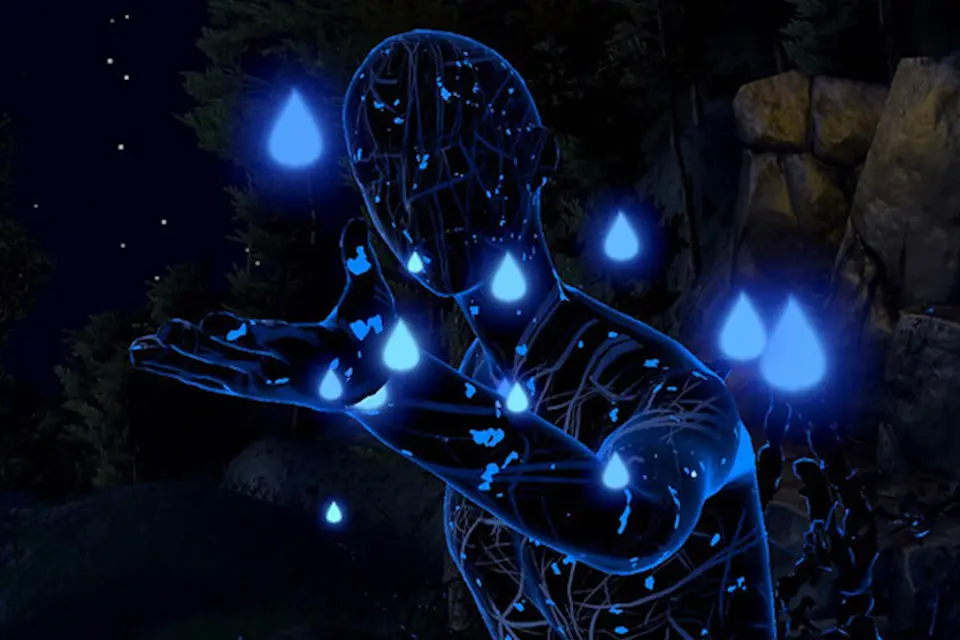
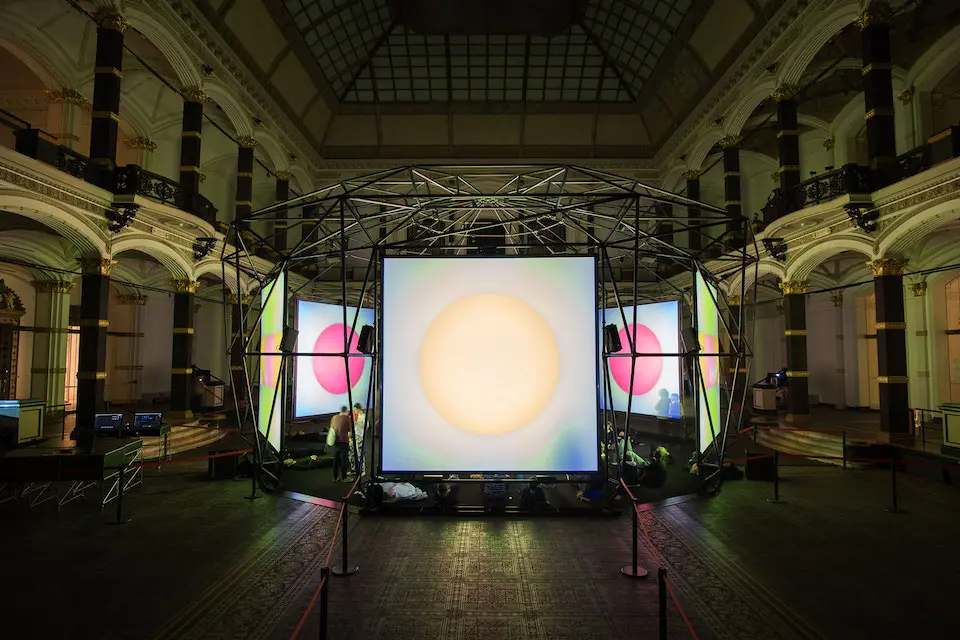




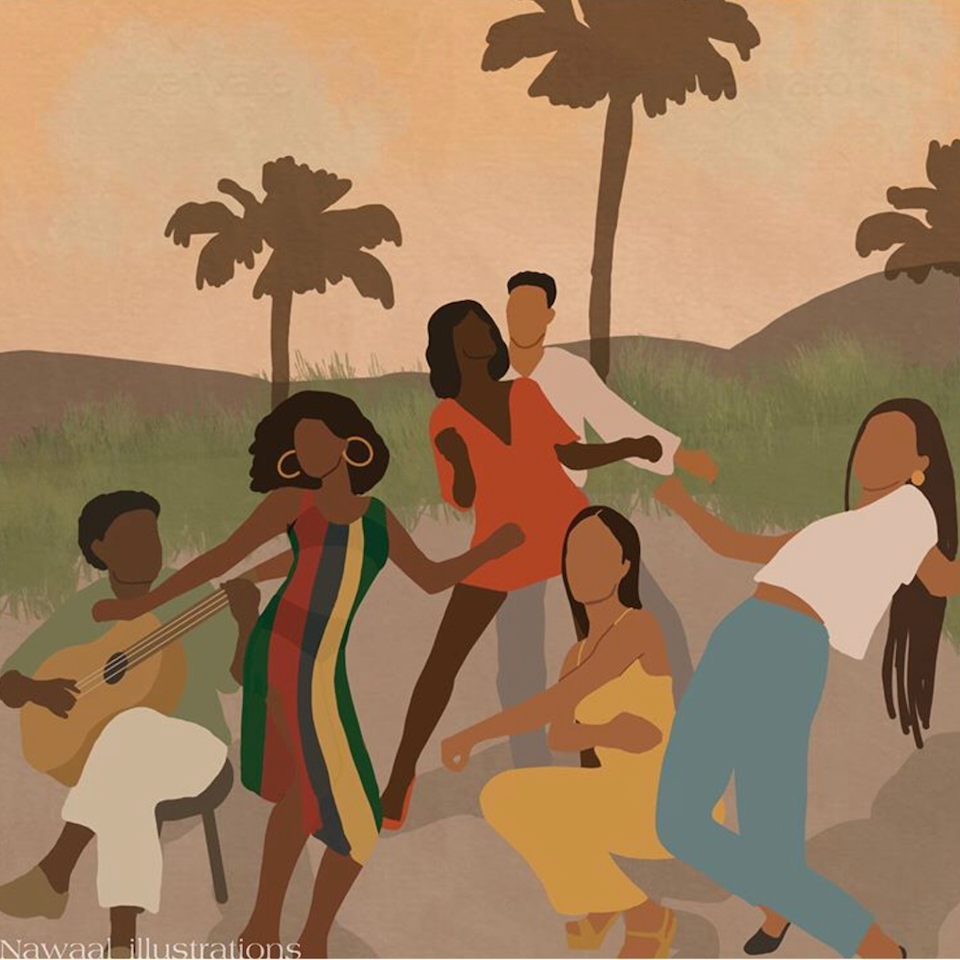


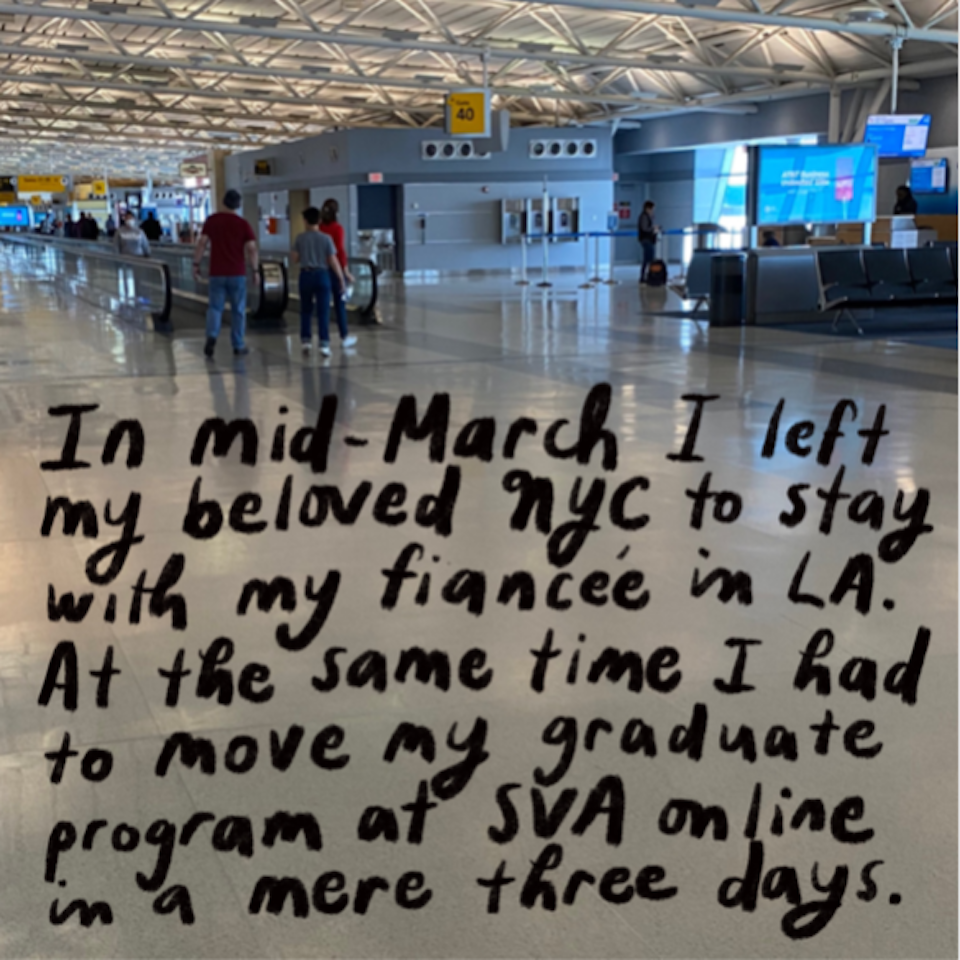
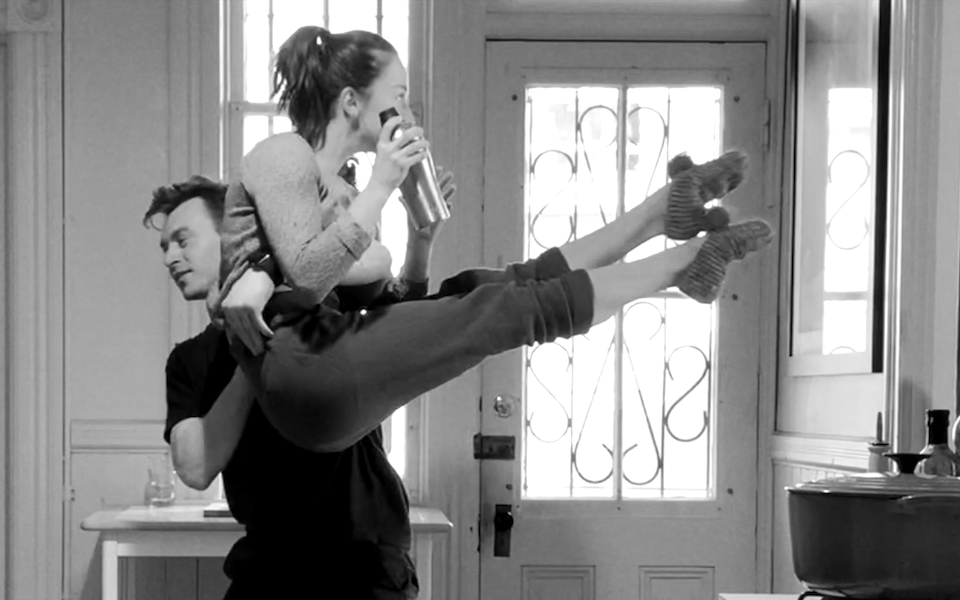
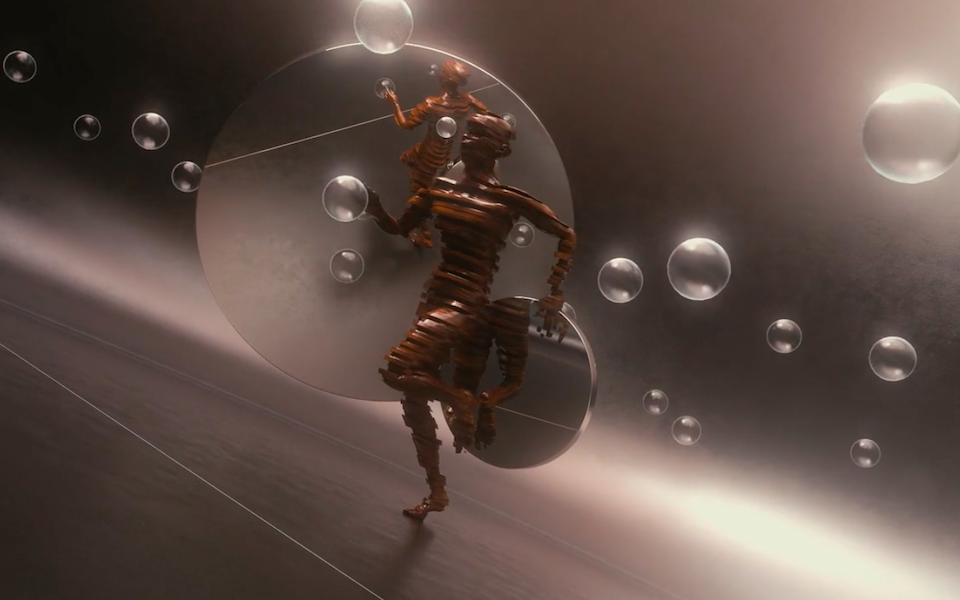
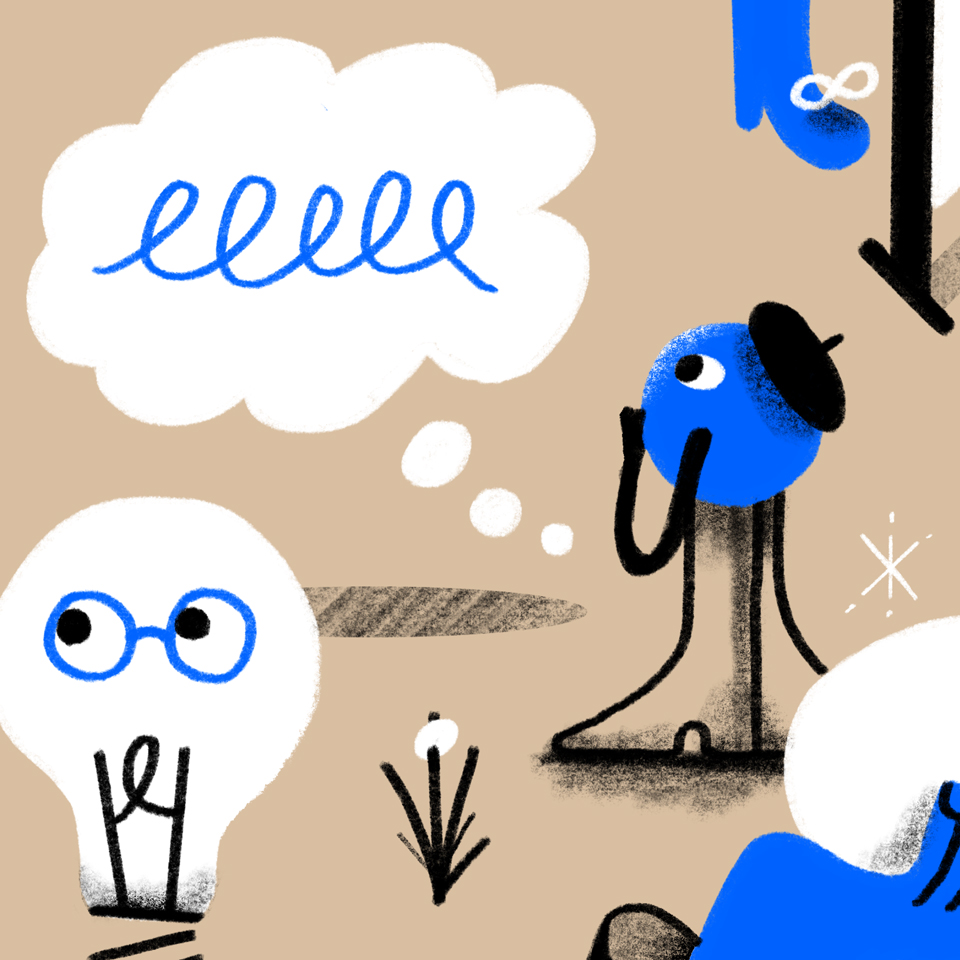
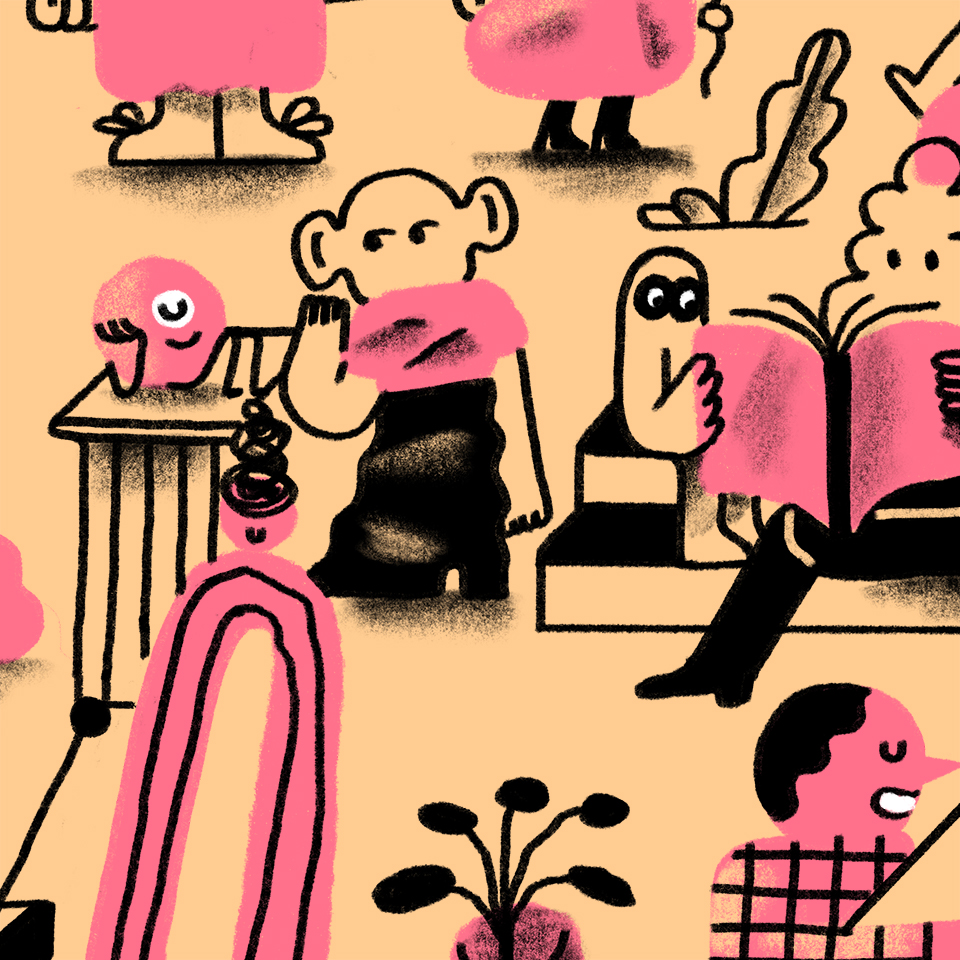


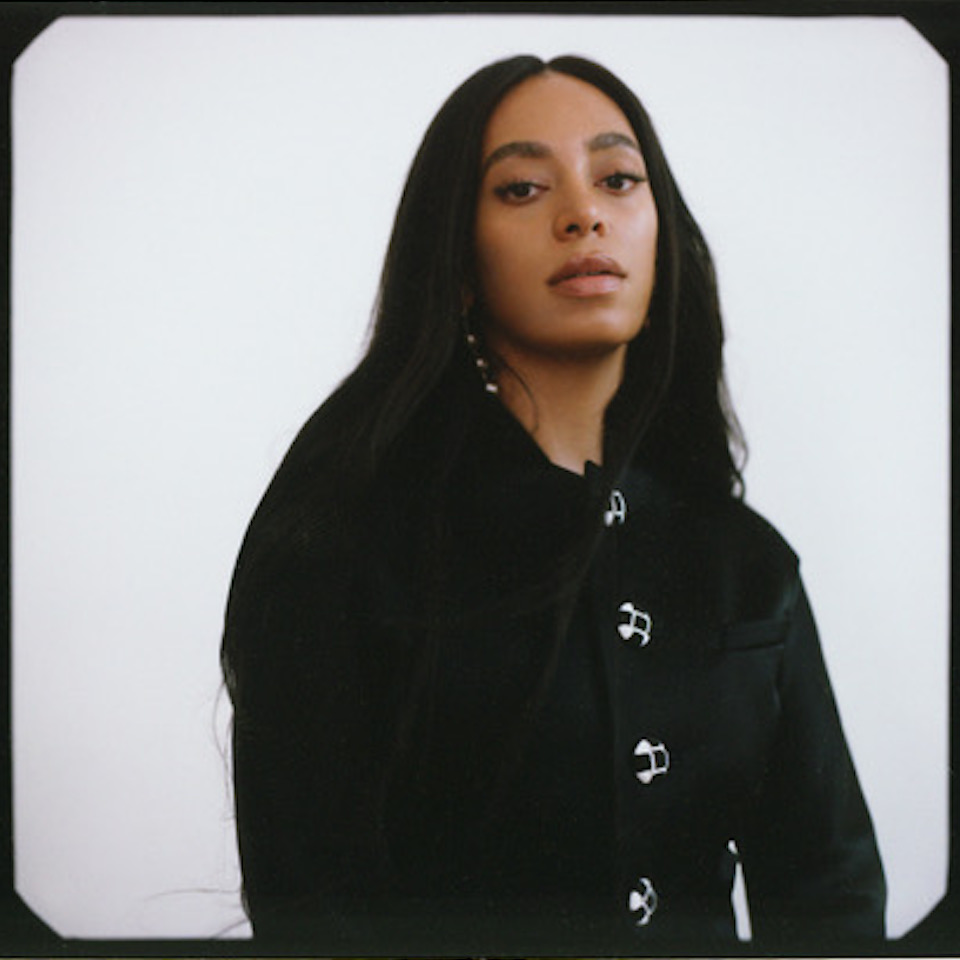

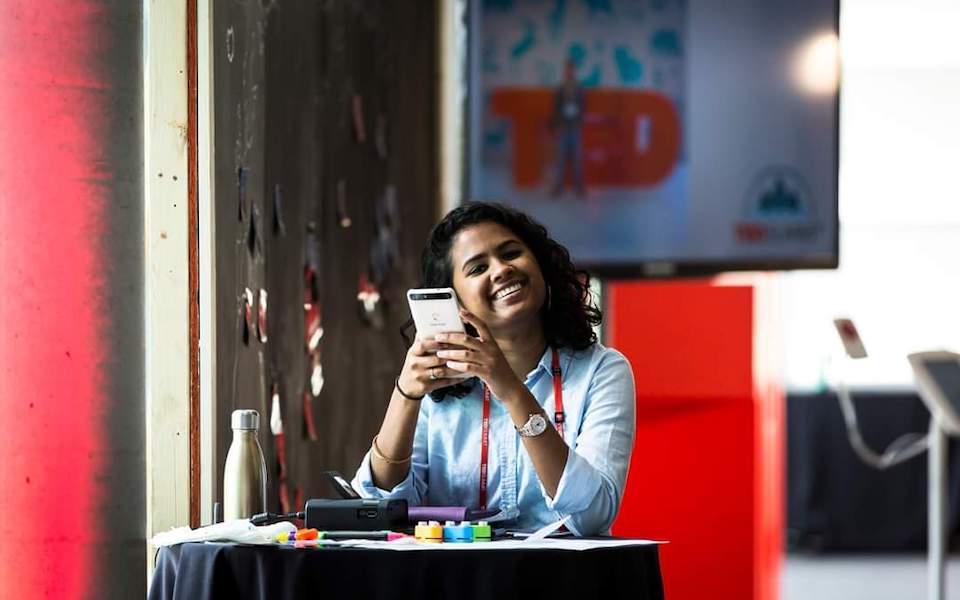



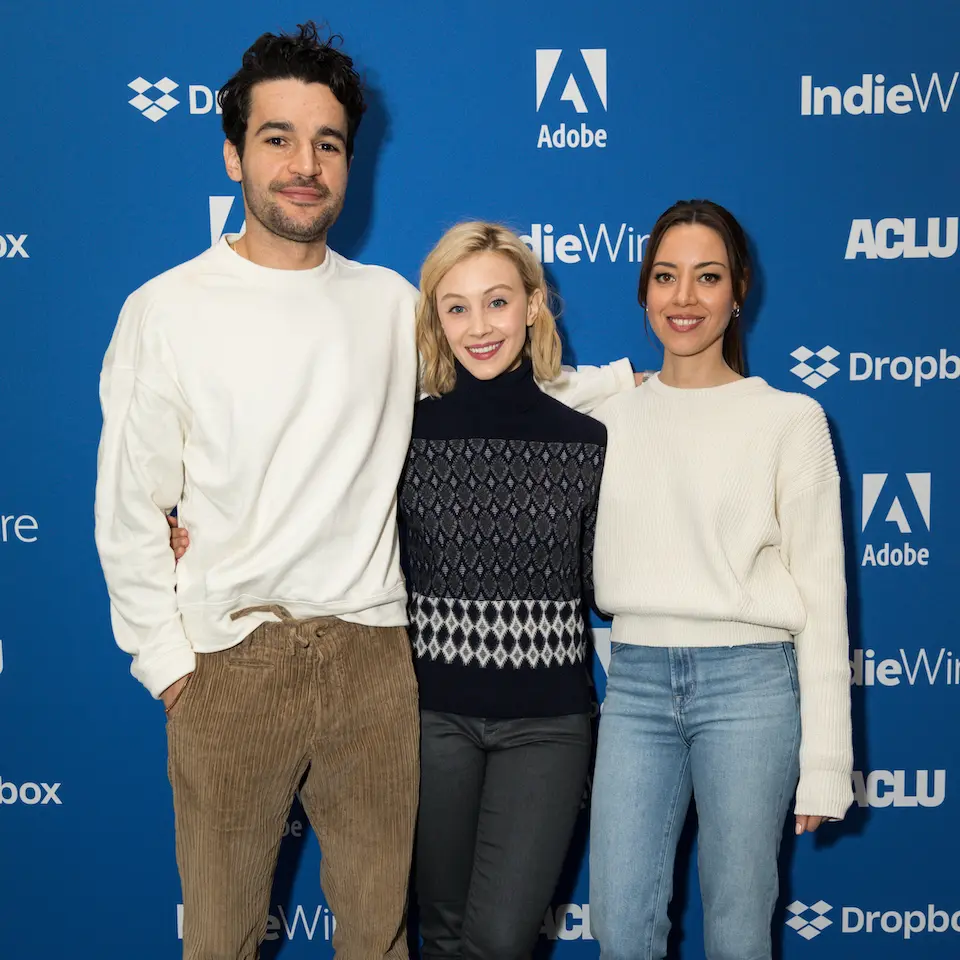



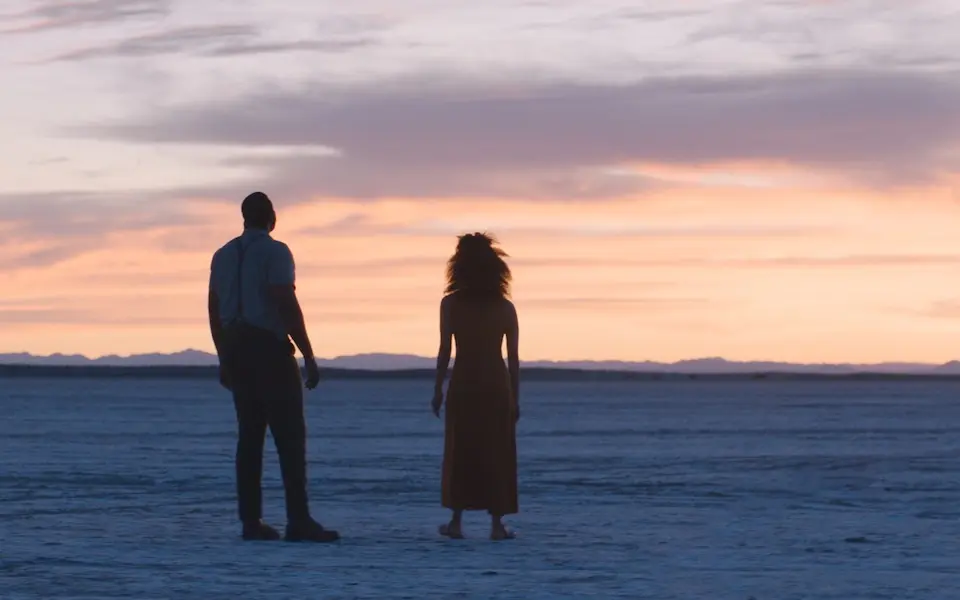
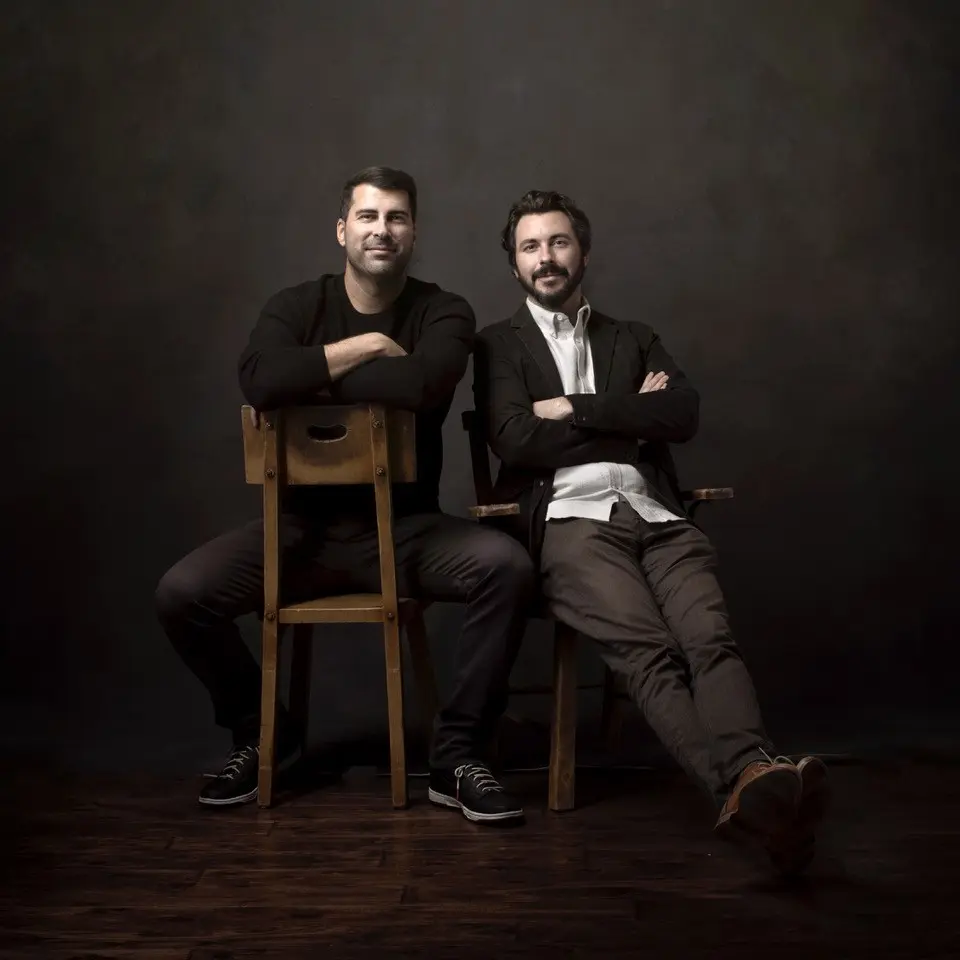


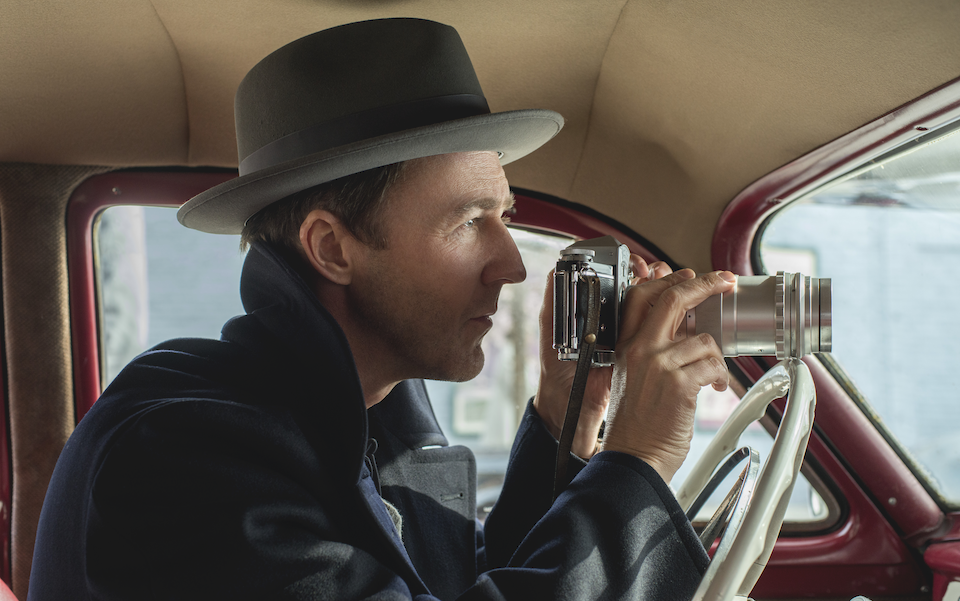
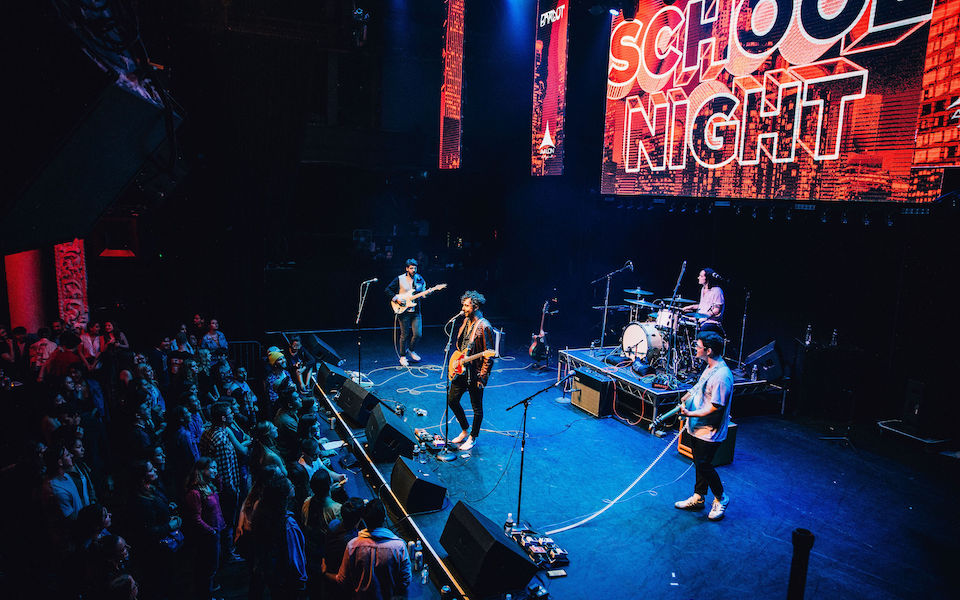
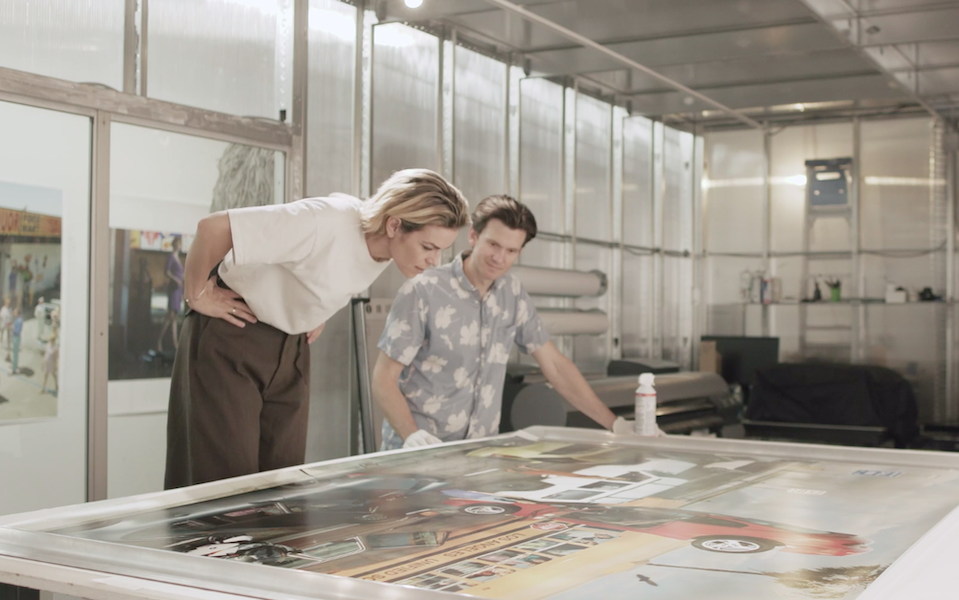









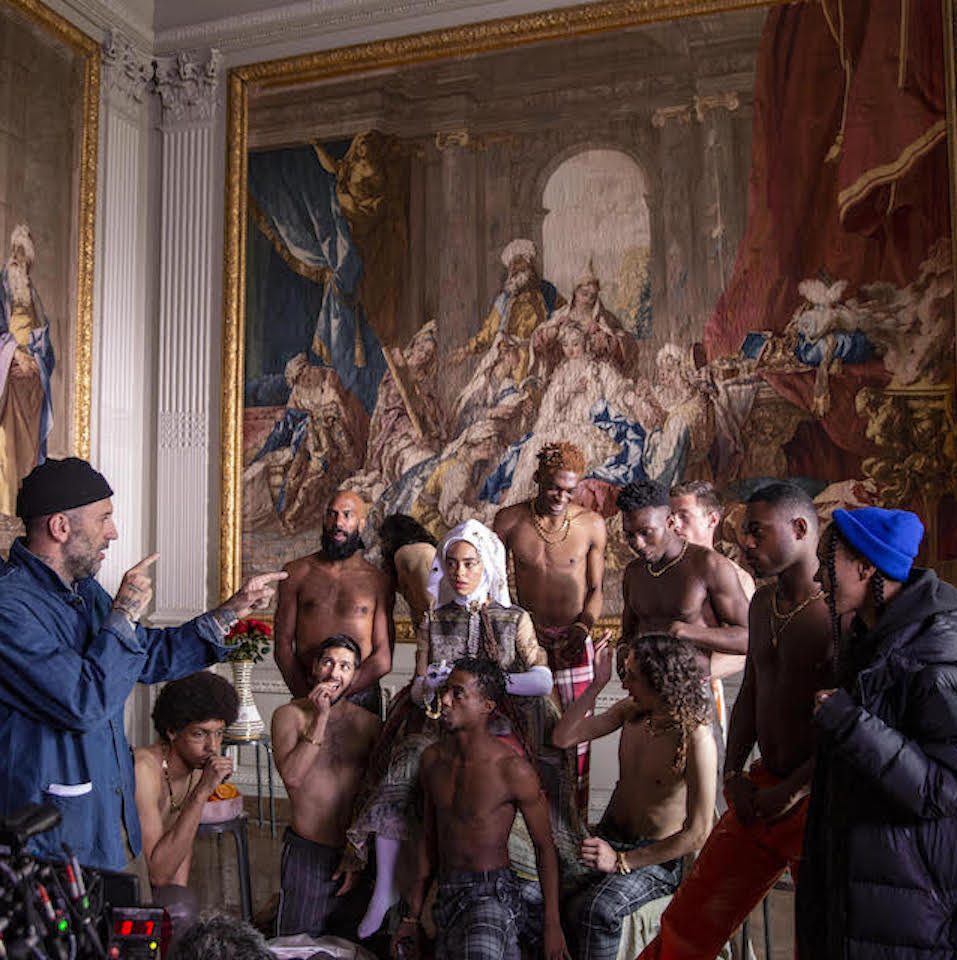

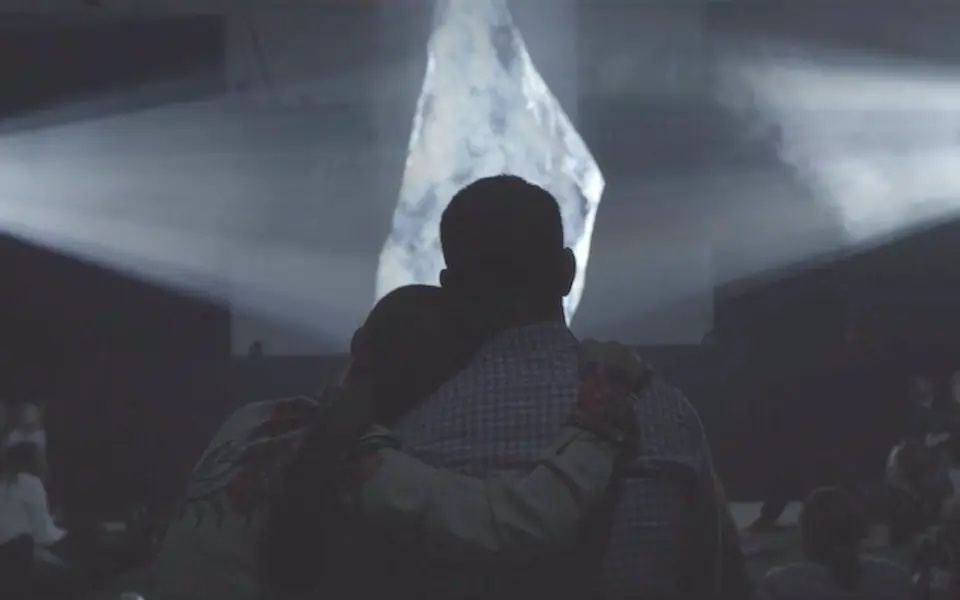
.png/_jcr_content/renditions/Karen%20O%20%2B%20Danger%20Mouse%20(photo%20by%20Eliot%20Lee%20Hazel).webp)





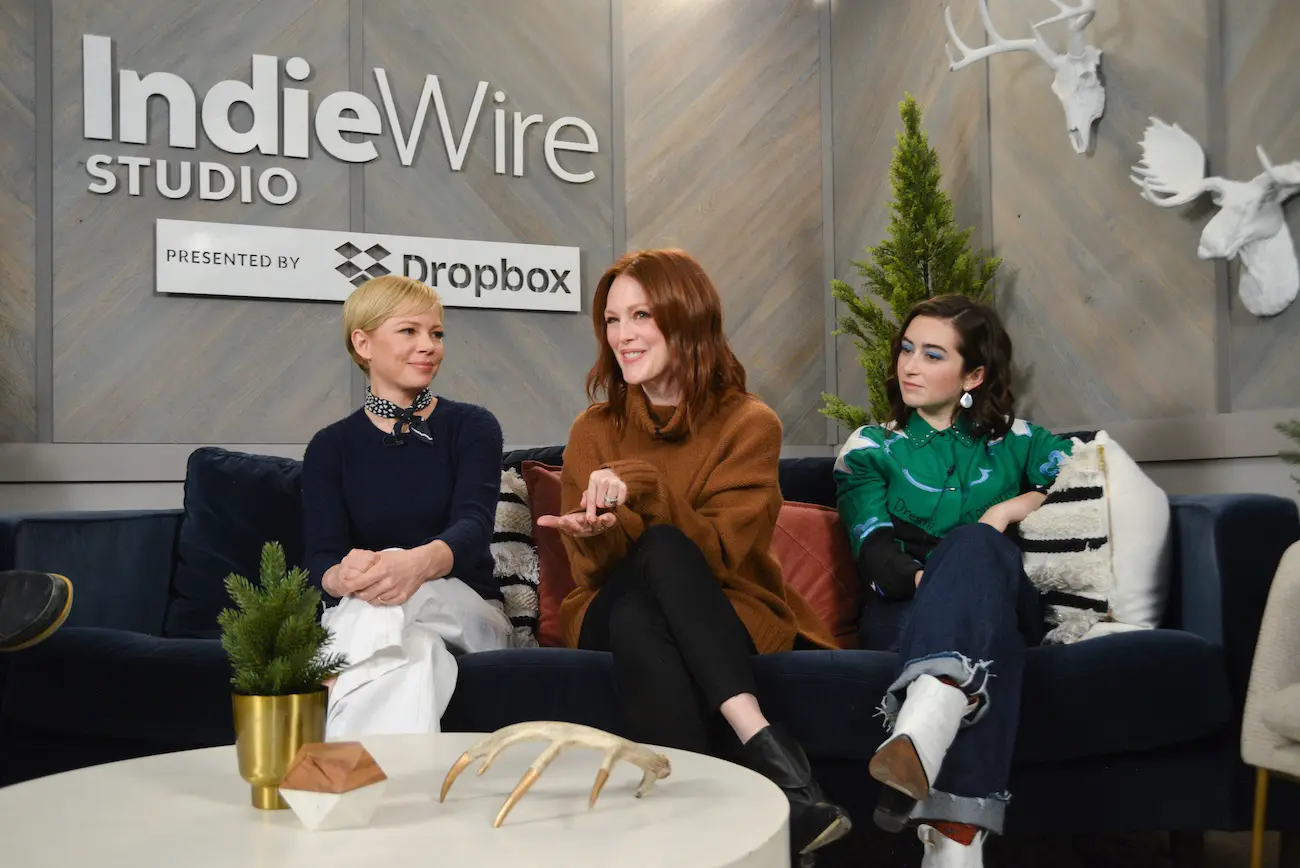


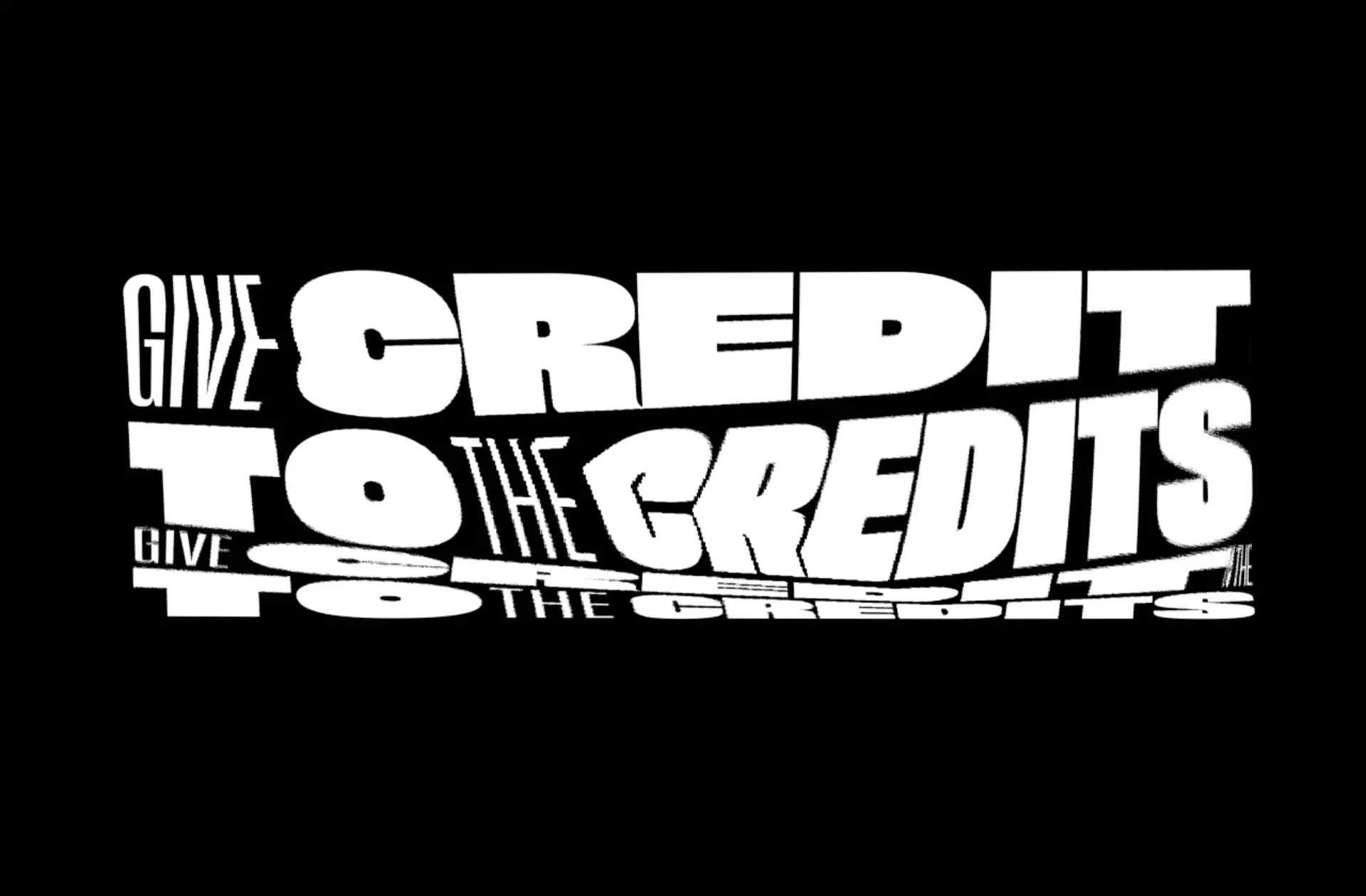
.jpg/_jcr_content/renditions/Extremely%20Wicked%20Shockingly%20Evil%20and%20Vile_Sundance19_Director%20Joe%20Berlinger%20(3).webp)

.jpg/_jcr_content/renditions/Bedlam%2014%20(1).webp)
